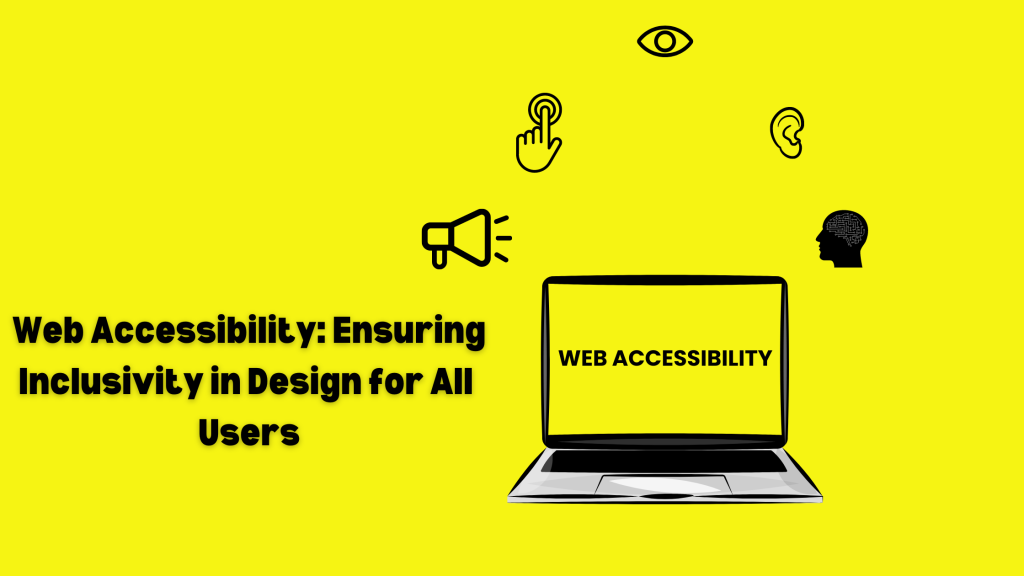
Internet access has grown over some time, even remote areas have internet access. With this increase in the use of the internet, web designers should make sure that their websites are inclusive for all. This means creating a website that is accessible to all people with disabilities or special needs, with slow internet or does not have access to the latest technologies.
Making sure that your website is accessible to all can provide you with new and more opportunities. It can be difficult or irritating for specially-abled people or people with color sensitivity to access all websites. Thus accessibility in web design makes sure that your website is accessible to all. You can provide an inclusive experience to all only if your website is accessible to all.
In this article, we’ll learn key principles of accessibility, benefits, best practices, and much more!
What is accessibility in web design?
Accessibility is nothing but the techniques and practices that make sure that the website is accessible and usable for all. It also ensures that the website is navigable to all irrespective of the different needs of different individuals.
It does not mean complying with accessibility standards but creating an inclusive design and experience for all. Everyone should be able to comprehend the website and have a similar and smooth experience. It also makes sure that everyone has equal access to the information and can participate in the activities.
It is also beneficial for mobile users and people using old browsers or technologies.
Key principles of accessibility
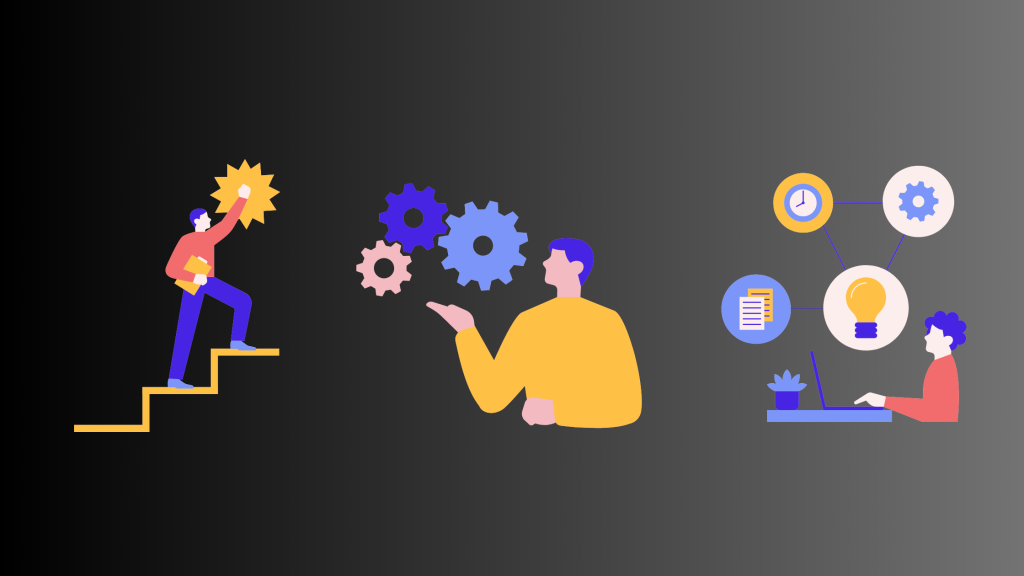
According to Web Content Accessibility Guidelines (WCAG), these principles make your website more accessible. Thus to create an inclusive design for all, we must consider these principles of accessibility
- Perceivable: The content, information and all the components of the user interface should be well presented so that every user has equal access to it. It includes adding alternative text for non-text content such as images and videos. Your alternative text or alt text should be understandable and accurate.
- Operable: Make sure all the functionality is available through a keyboard interface. Also, make sure your website is navigable and operable with different input methods. This will provide a smooth experience for users using keyboards or any other input device.
- Understandable: All the information and operation of the user interface are understandable. Ensure you provide efficient navigation and error messages. Try to avoid complex language.
- Robust: Your website content must be robust so that various user agents like assistive technologies can reliably interpret it. It should be interpreted by different browsers and devices as well. You should use HTML, and JavaScript to build your website.
Benefits of accessibility in web design
These are the benefits of accessibility in web design
- Enhance User Experience(UX): It improves the user experience, for example, people with visual impairment can understand the content of the image, similarly adding captions for a video can provide a smooth experience for users with auditory challenges, who prefer reading over listening, or are in a crowded place.
- Improve SEO: Websites that are accessible have a better Google ranking. Search engines consider user-friendly websites that are accessible to all. Structuring your website correctly such as adding alt text for images, using correct heading tags, etc can enhance your ranking and SEO.
- Inclusivity: This is the prime factor why you should focus more on accessibility. Accessibility makes sure your website is inclusive. It provides an equal experience to all users. It ensures that all users similarly comprehend the website.
- Legal Compliance: Many countries have established a legal requirement for web accessibility, failing to do so can result in legal action. Like in the United States, some types of websites especially those of government and educational institutions should comply with the WCAG. Thus one must consider the rules and regulations while designing a website such as accessibility standards, Data security guidelines, Anti-Spam legislation, etc.
- Increase audience: By ensuring inclusivity for all, Accessibility helps in attracting new audiences to your website. Also, people living with some form of disability can access your website. Accessibility ensures your website is usable in all conditions.
- Brand Image: It builds a positive image of your brand. It highlights that you value diversity and equal access to all. It shows that you value your customers and think about their smooth experience. This encourages customer loyalty.
- Future-proofing website: The future is moving towards greater inclusivity. By integrating accessibility in your website you can prepare your brand for the future. It means that whenever a new technology, standard, or norm emerges, you will be ready and will continue to remain relevant in the industry.
- Improve Conversion Rate: A well-accessible website can generate more conversions. By catering to a larger audience and ensuring their smooth experience, you can encourage them to perform a specific action. It also increases engagement rate and longer duration on the website.
- Innovation: To ensure inclusivity, you should look for innovative solutions. In this process, web designers can create new methods or tools to enhance accessibility. Which in return can surprise the audience and create a new standard or trend in the industry. Designers look for more innovative solutions.
Best practices

You can follow these practices to integrate accessibility into your website
- Use Proper alt text for images: Alt text refers to the text that explains the content of the image. It helps in understanding what the image is about. Whenever an image is not able to load alt text can help us better understand the content of the website. People who are optically challenged can also comprehend the meaning of the image.
- Provide alternative text: Along with an alt text, you should add a descriptive alt text as well to give extra information. For example, if have shared an image of your product you can add additional information as well for a better understanding of your product.
- Semantic HTML: Structure your website accurately with HTML elements. For better structuring use heading tags, and semantic tags such as <nav>, <article>, etc.
- Add caption: Add transcription and caption frames or closed captions for videos. It can boost your video SEO as well as give better access to individuals with linguistic differences or auditory challenges.
- Color Contrast: Use a color scheme that ensures the content of your website is readable. Use colors that highlight your brand’s values.
- Keyboard navigation: Make sure all the interactive elements of your website are accessible through keywords. It is easy to use and provides a straightforward experience.
- Descriptive links: Add the correct captions for your links so that users can understand what are their purpose or what to expect.
- Navigation: Ensure your navigation is operable. It should be easy to use and visible.
- Animation and scrolling: You can use animation and scrolling as well to ensure better accessibility.
- Page Title: Use a relevant and appropriate title for your web pages.
- Personalized text: Users like a personalized experience, if you can then add some personalized text for the users it can be a thank you message or a welcome message etc.
- Testing: Test your website frequently with the help of tools. Conduct user testing with people with special needs and ask for their suggestions and recommendations.
Conclusion
Web accessibility is a must in today’s time. By integrating accessibility into your website you can increase your brand awareness and conversion rate. Establish a brand reputation in the industry. We, at Lumia 360 have a six-step web designing process curated by our experienced team. We ensure that your website is responsive, accessible, and usable. We have clients from different niches. We cater to small and medium businesses as well. We understand that these businesses have more special and unique needs and budget constraints. We generate strategies that work well within your budget. To know more about our web designing process and other services, email us at info@lumia360.com or call us at 514-668-5599
Read Also: The Importance of User Testing and Interactive Design in Web Development
Read Also: The Importance of Website Performance Optimization



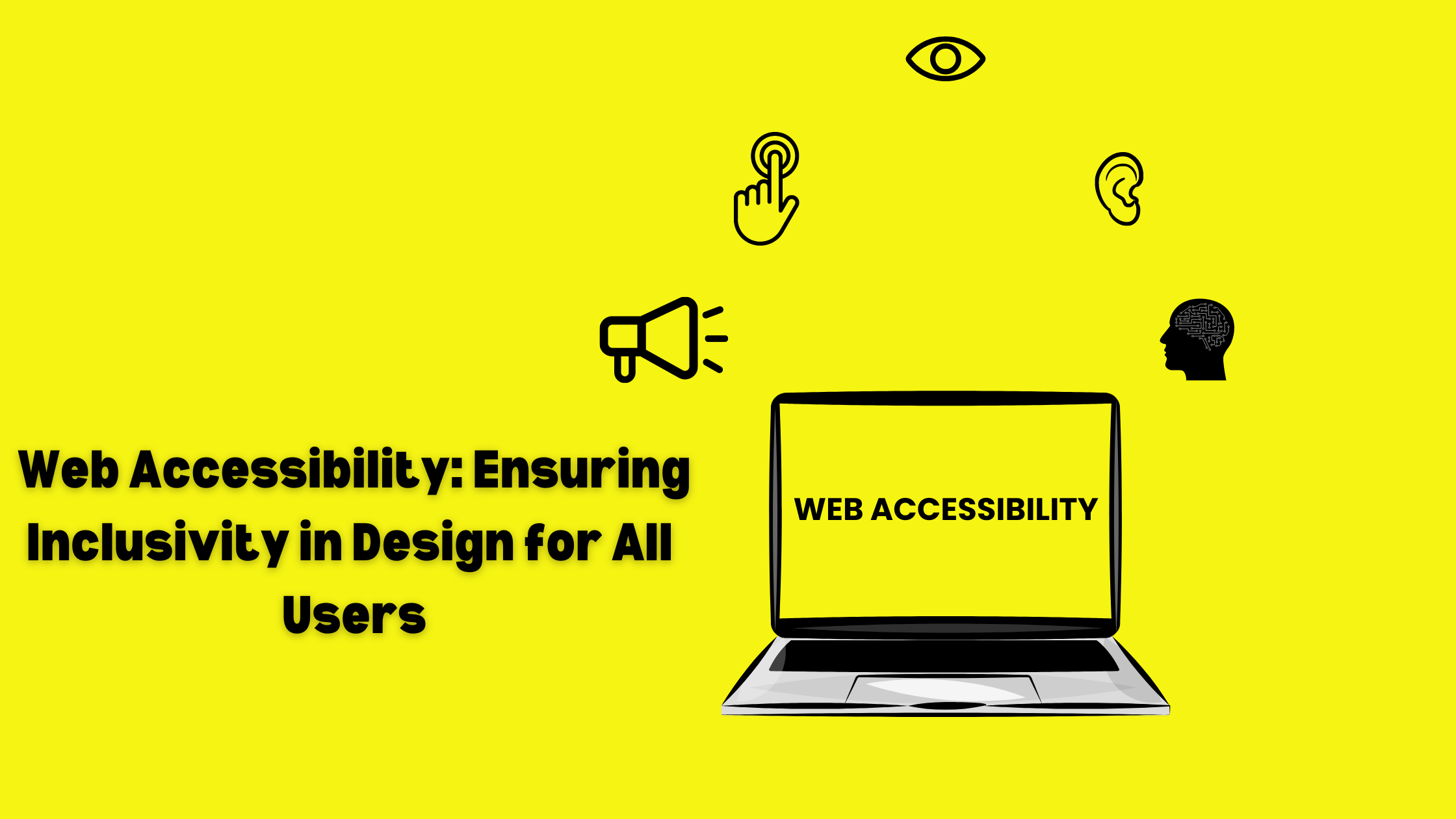
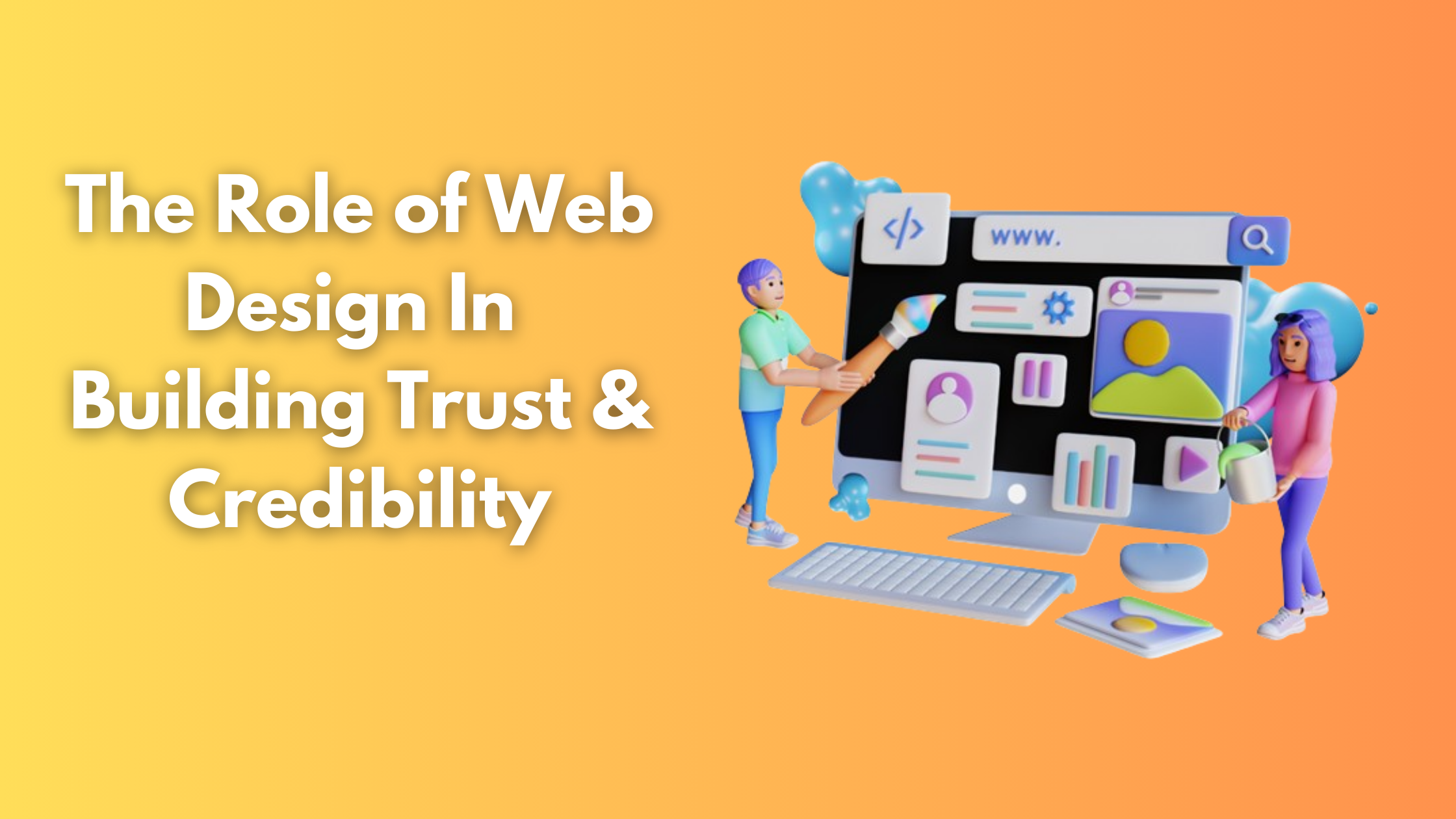
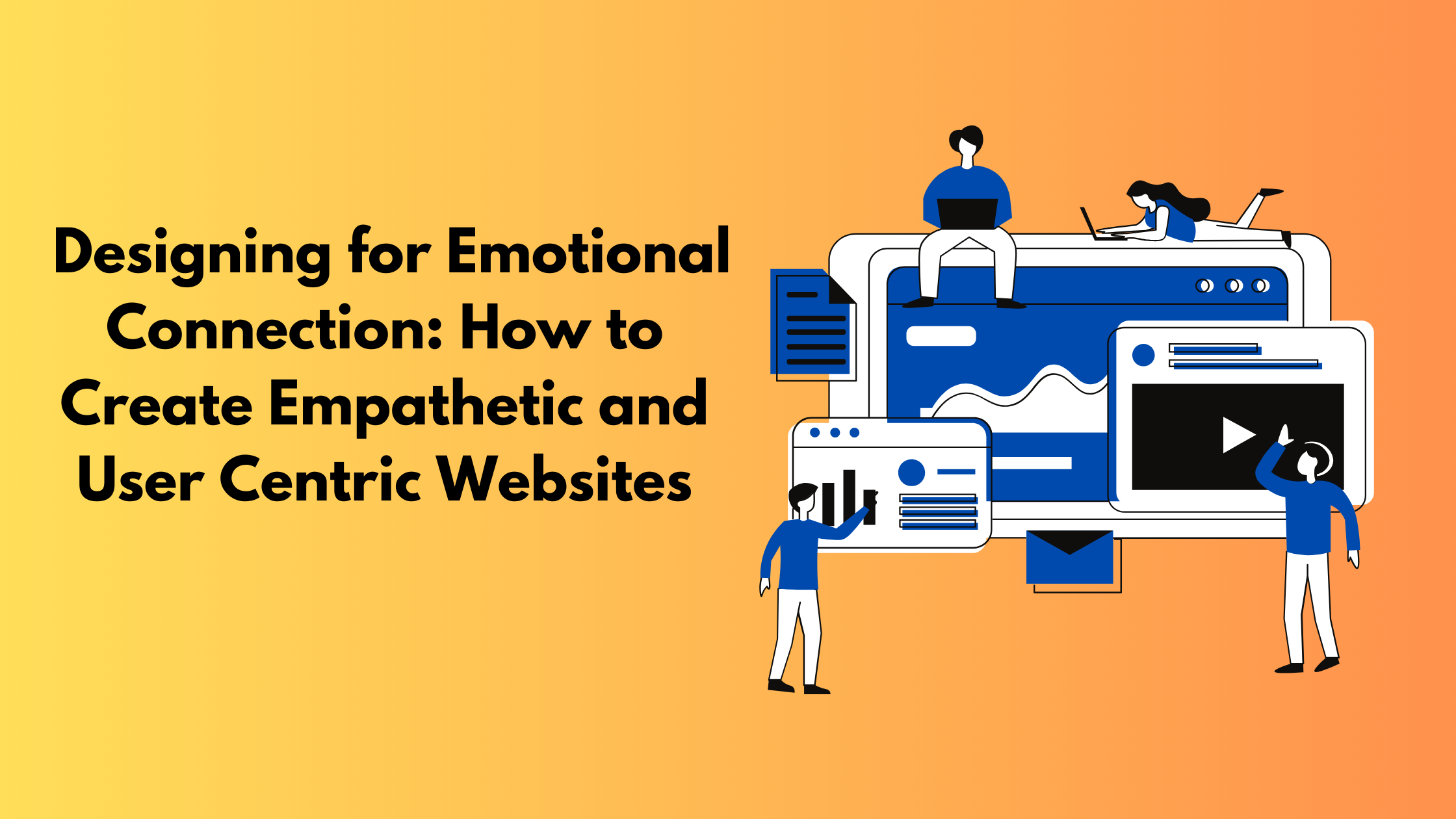
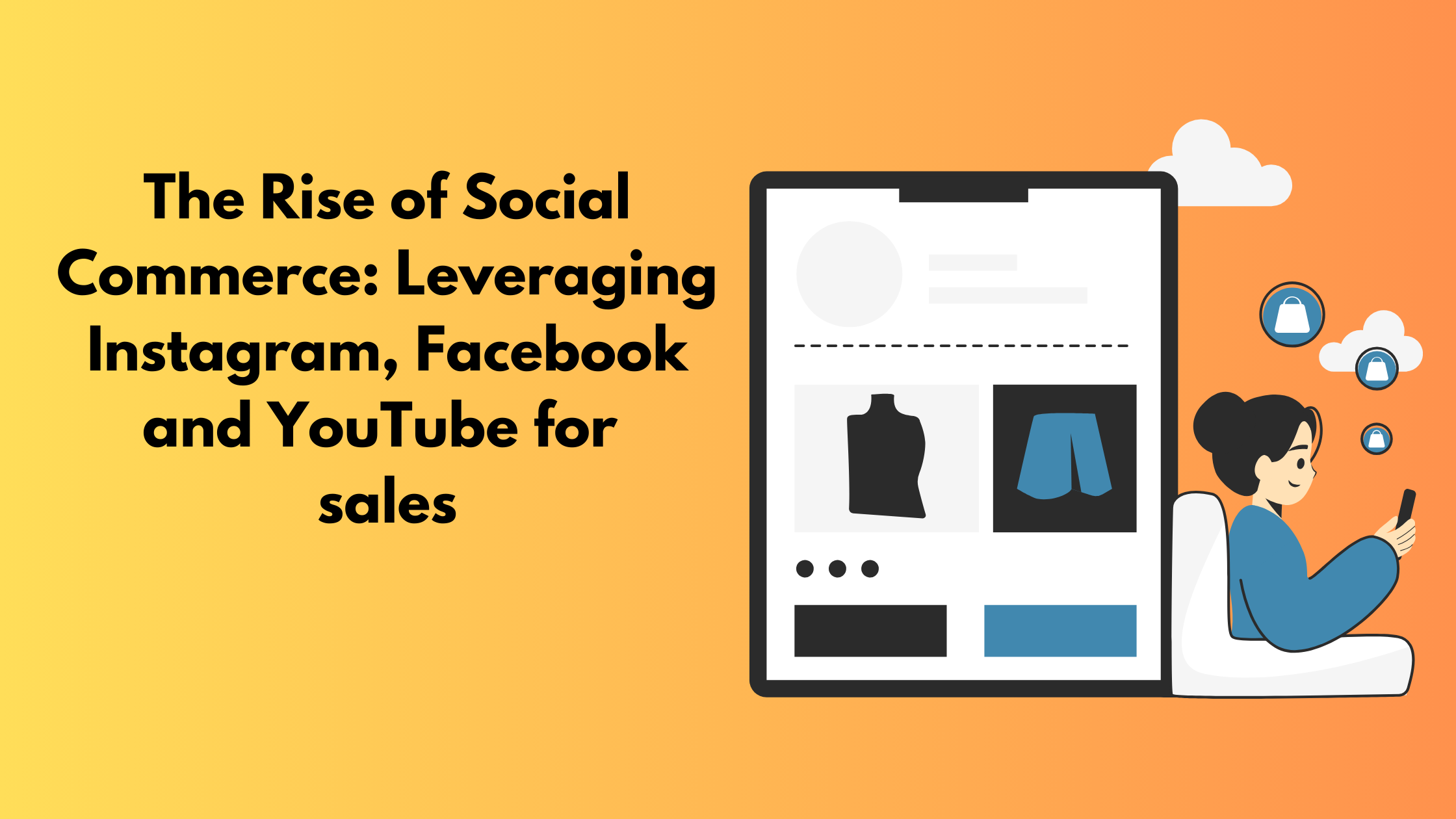

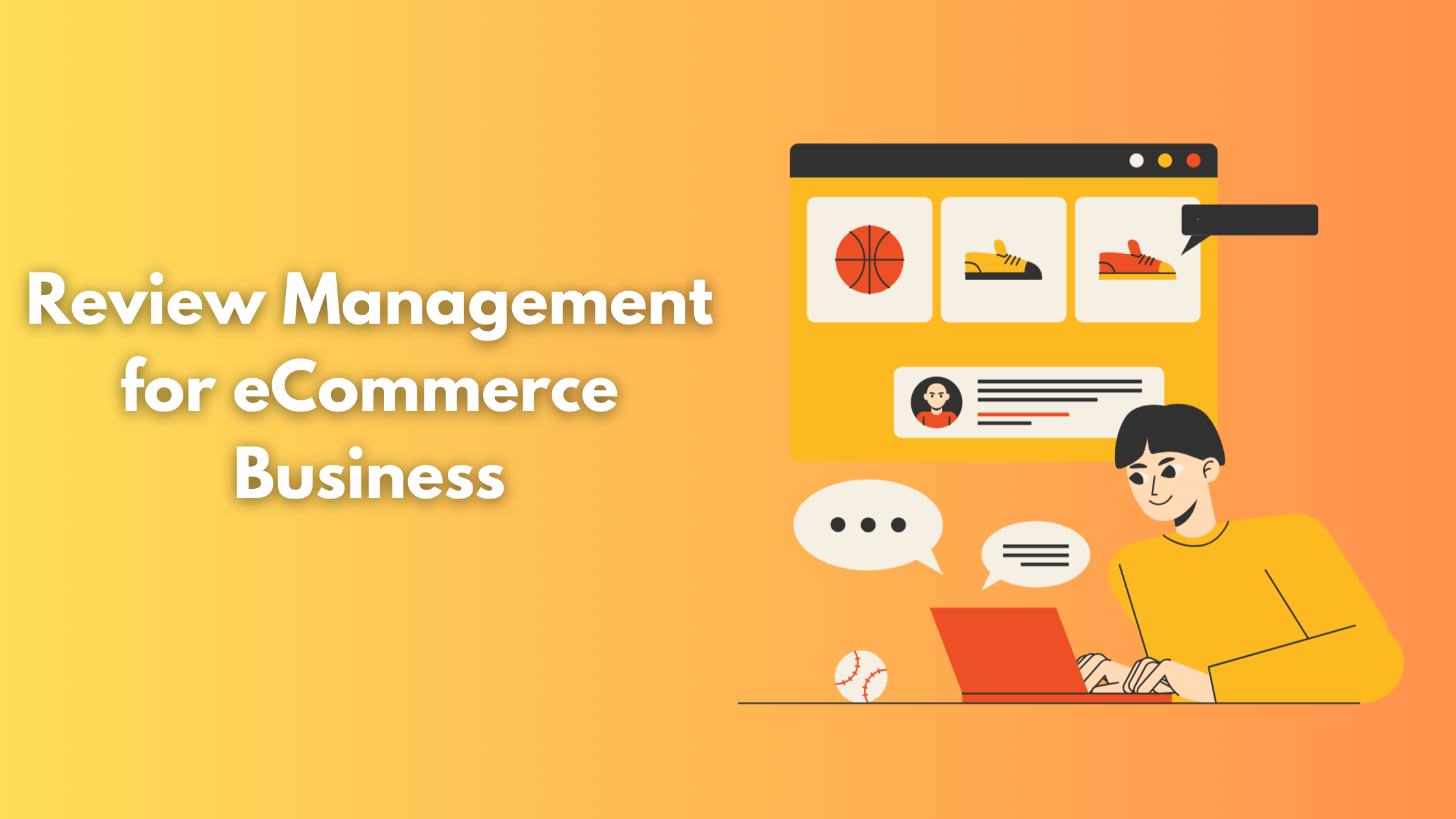
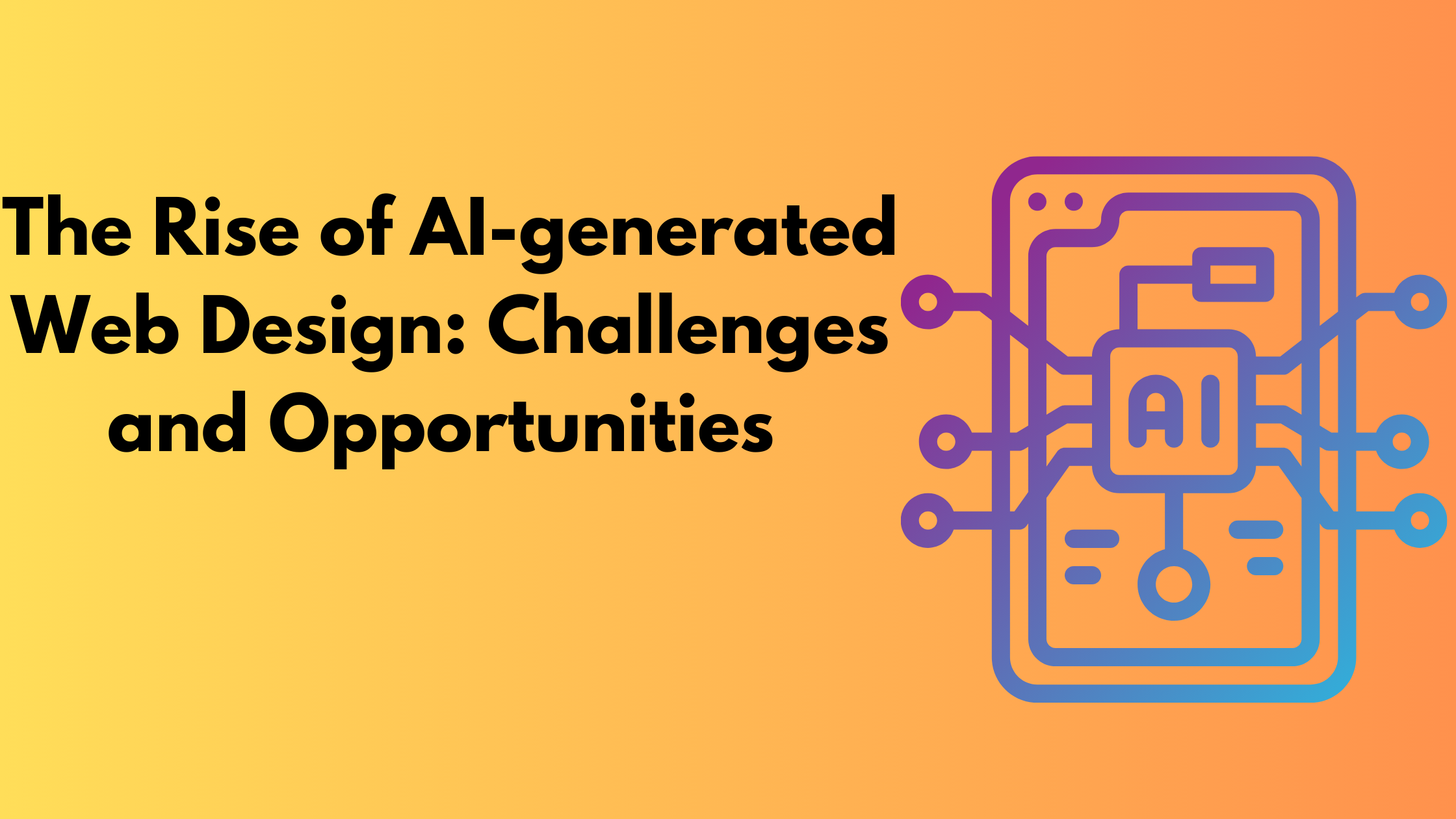


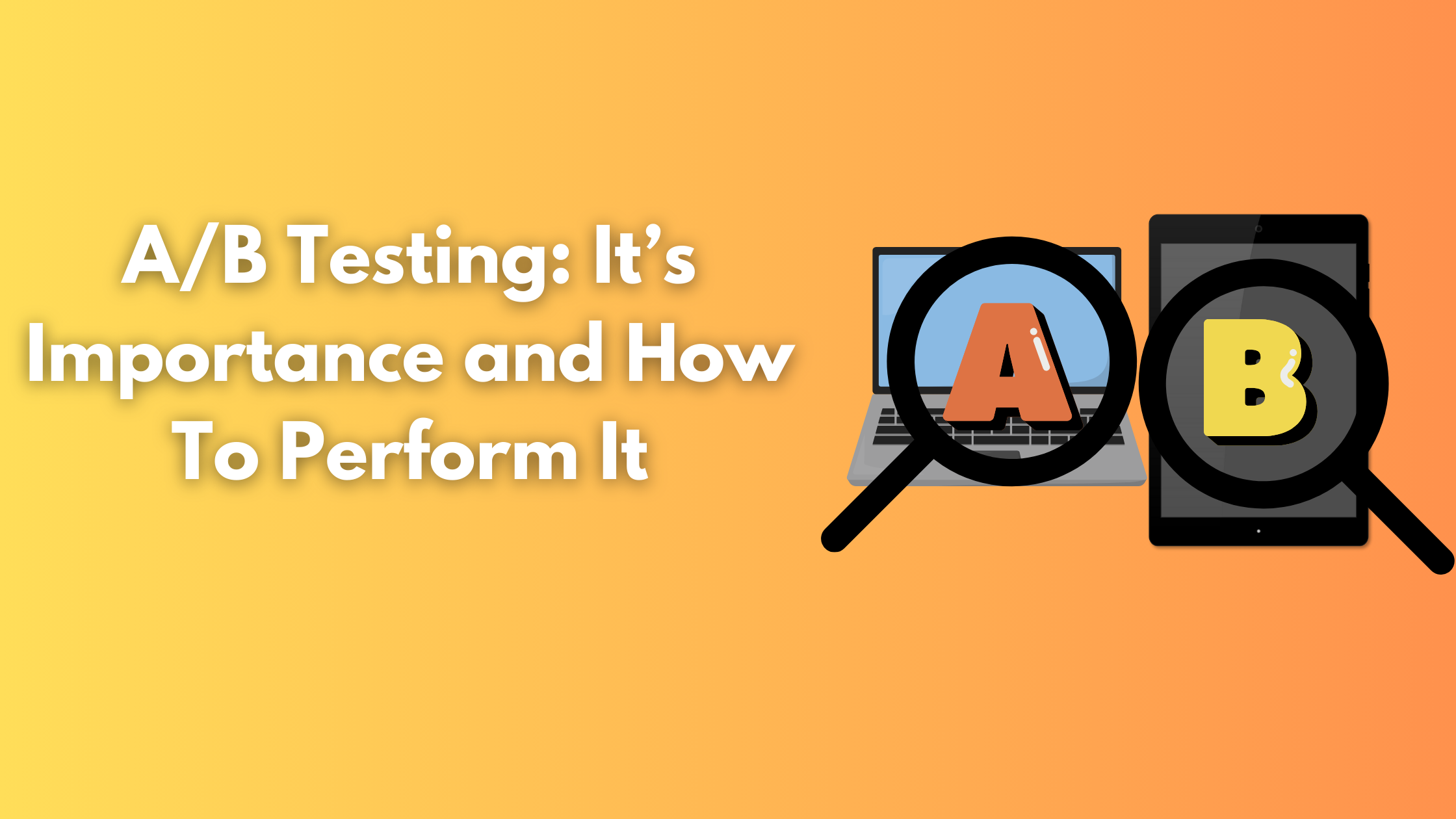
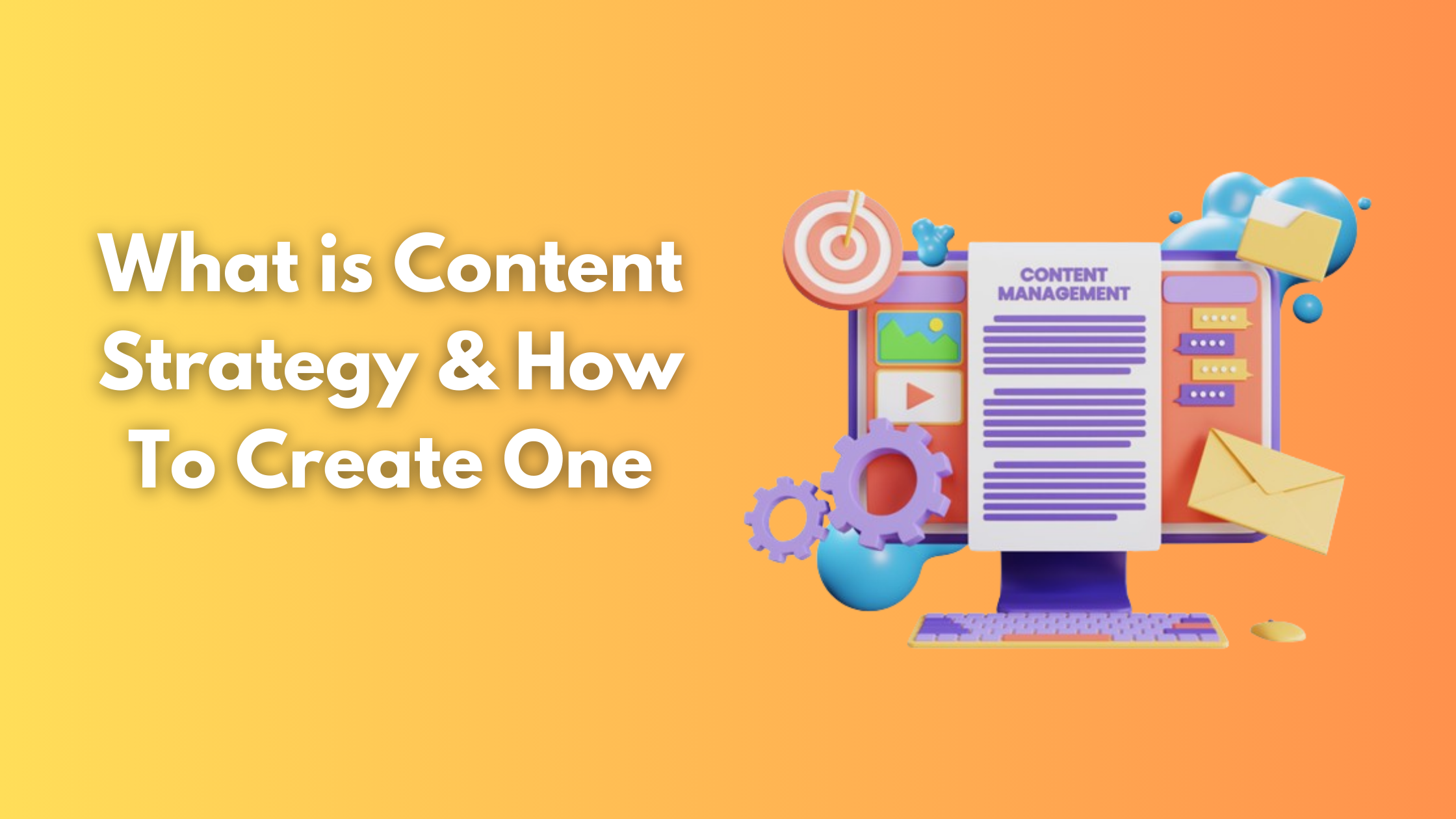
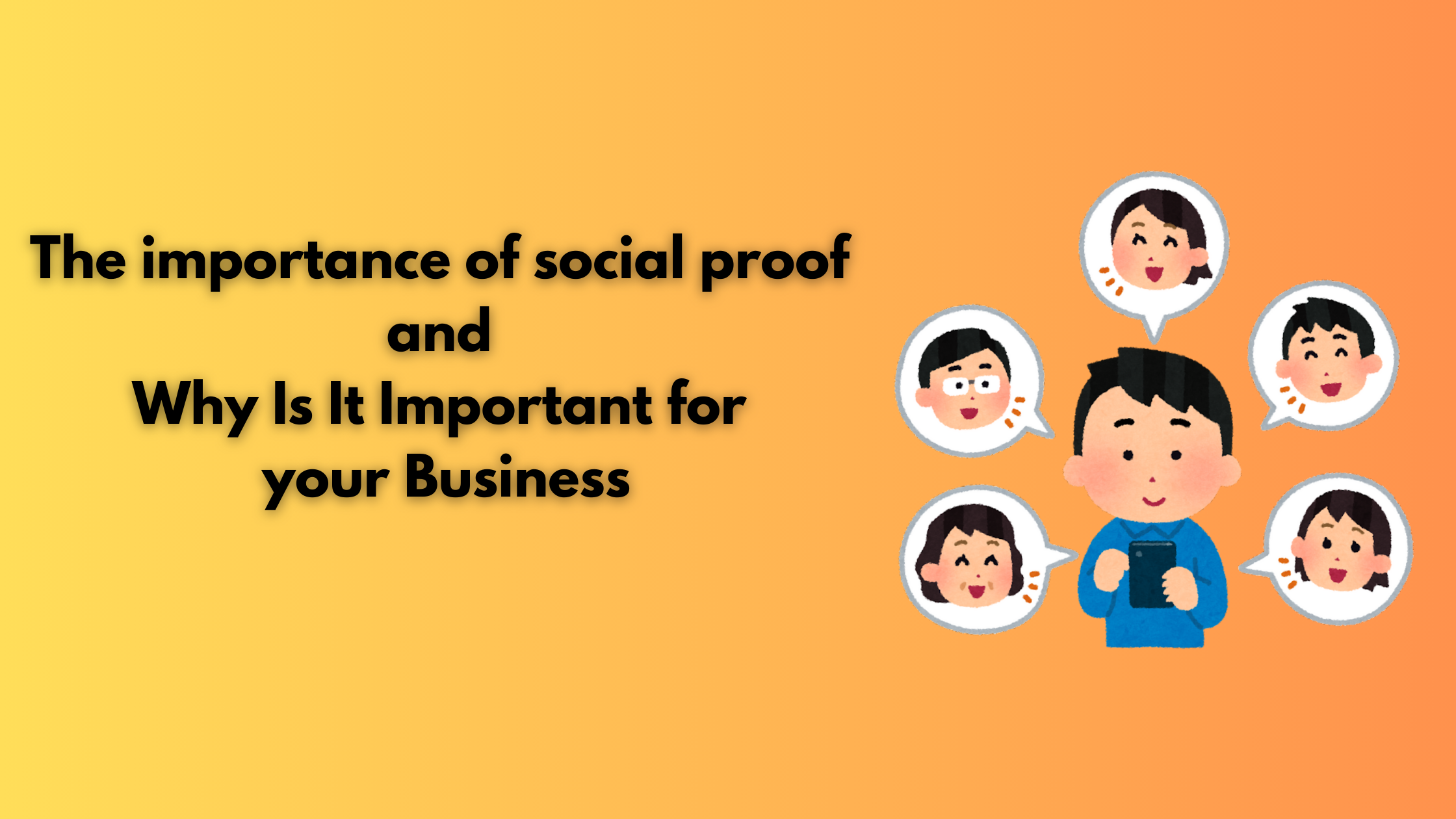
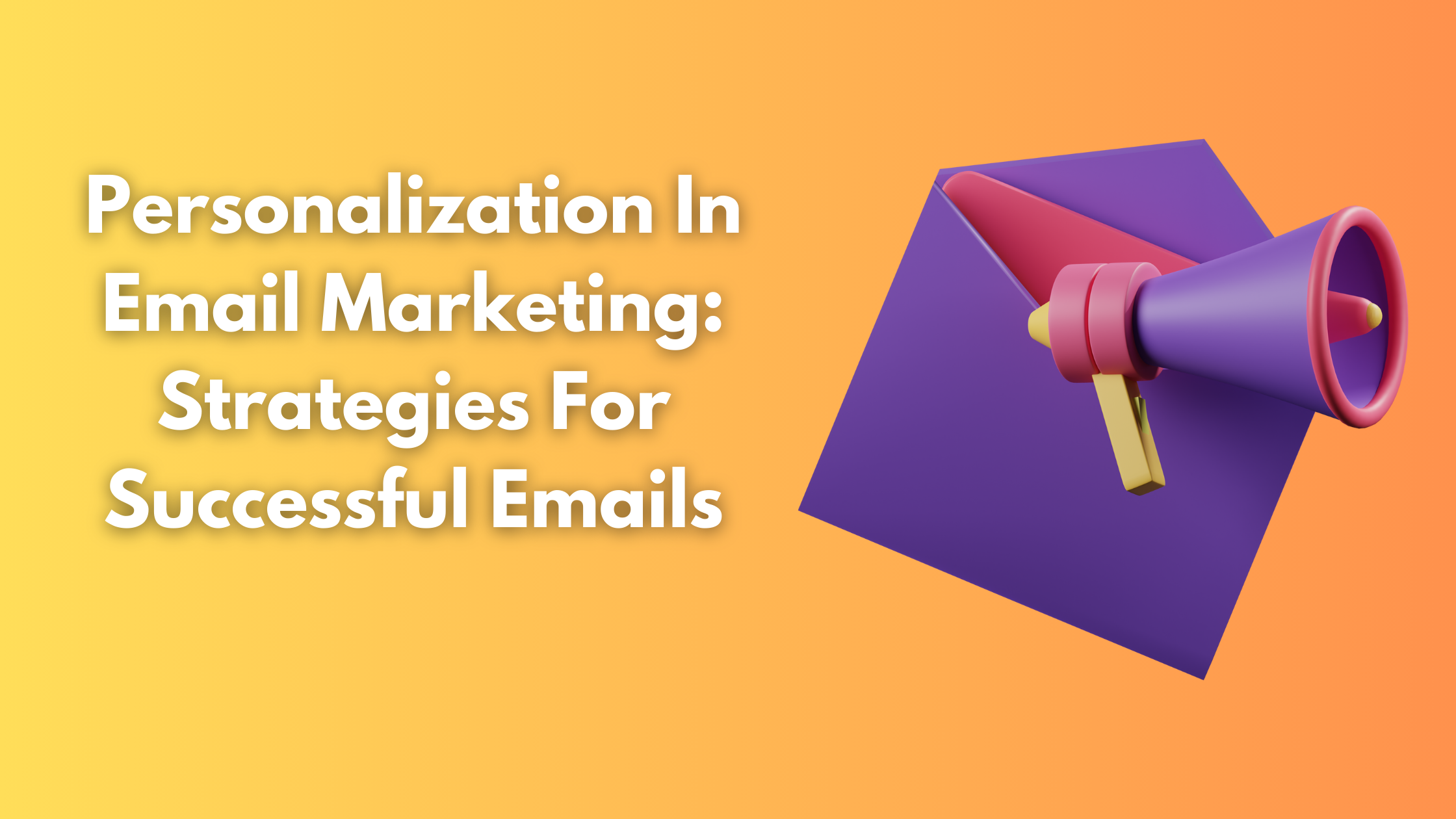
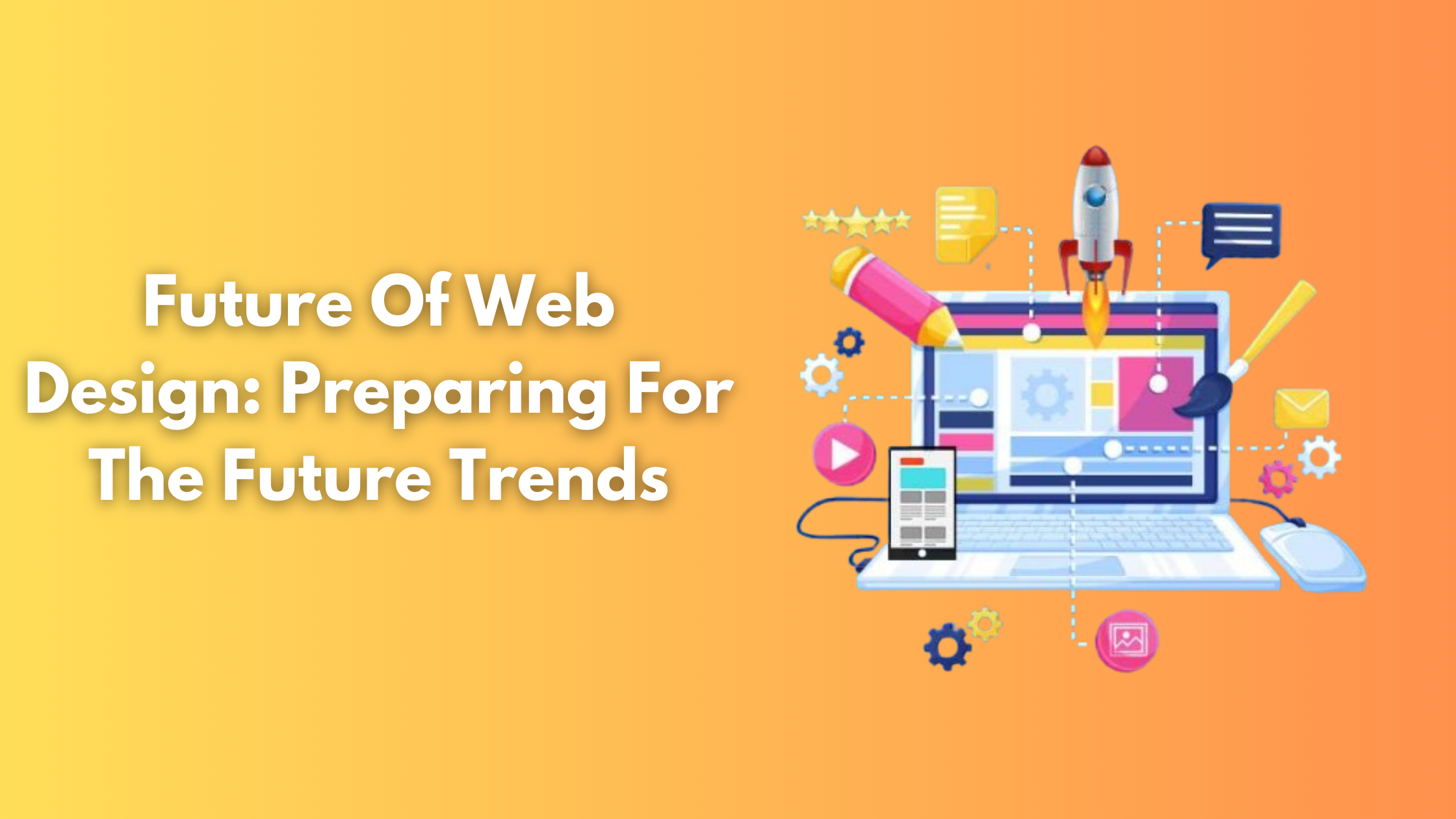

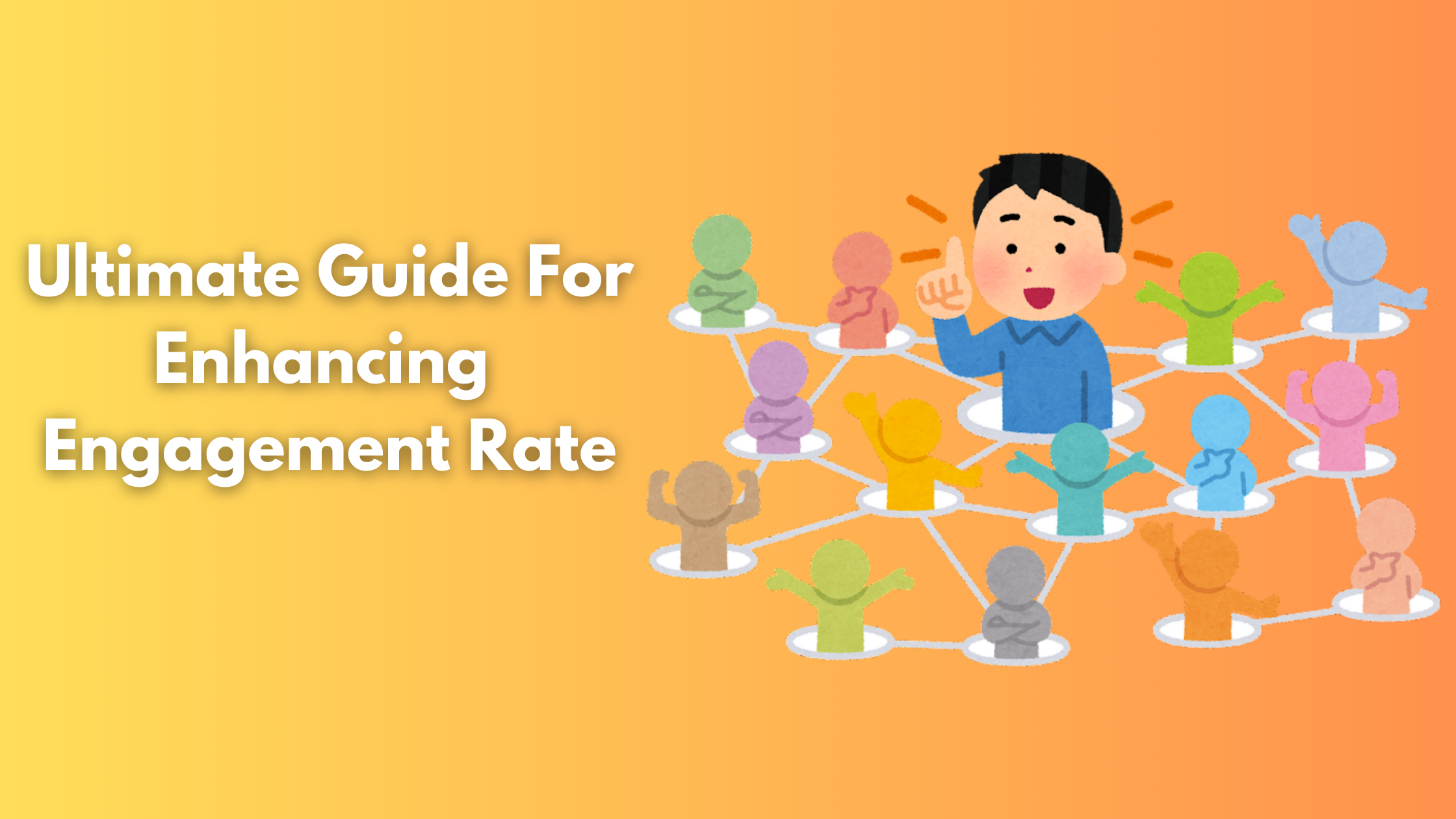
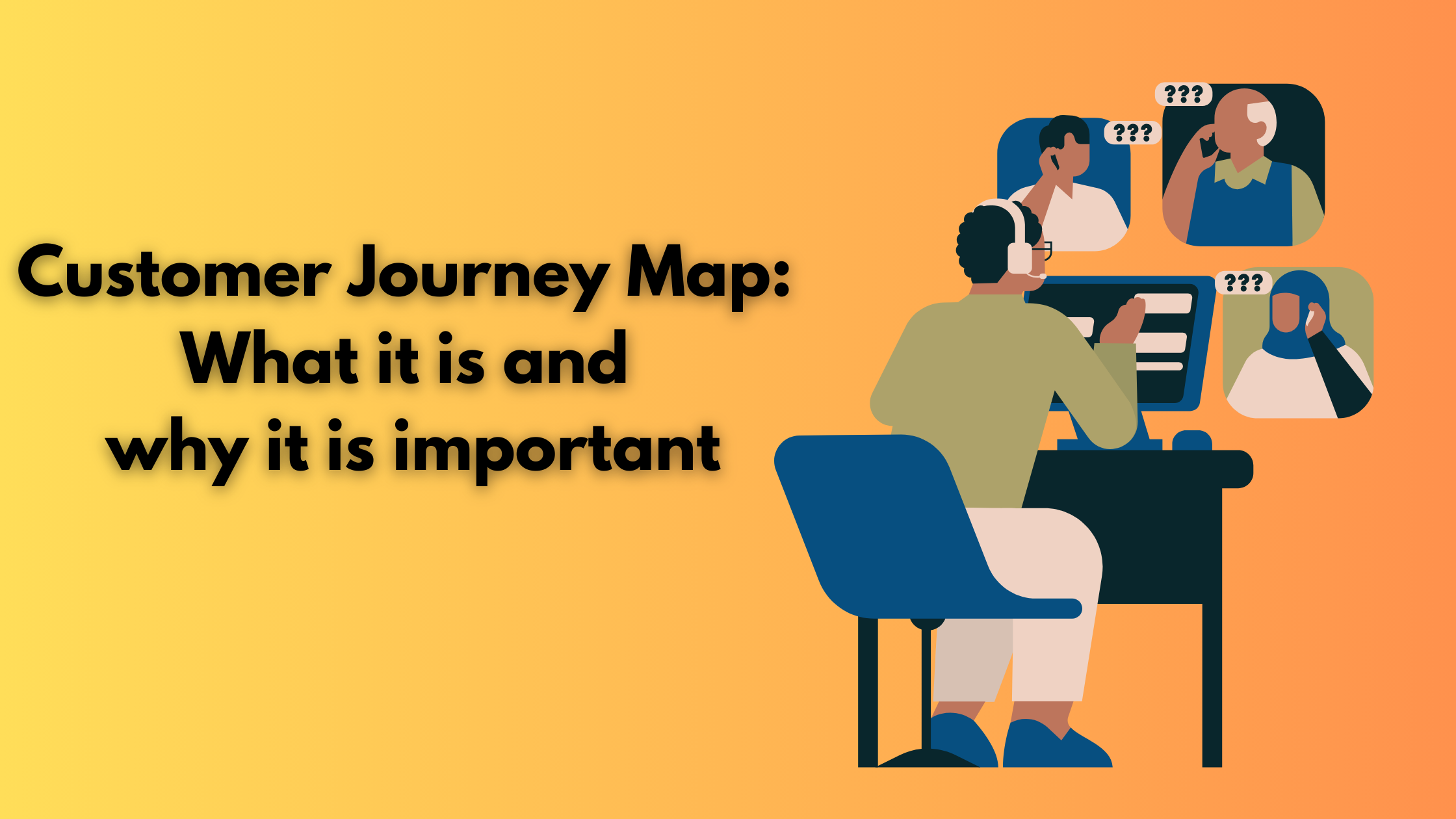
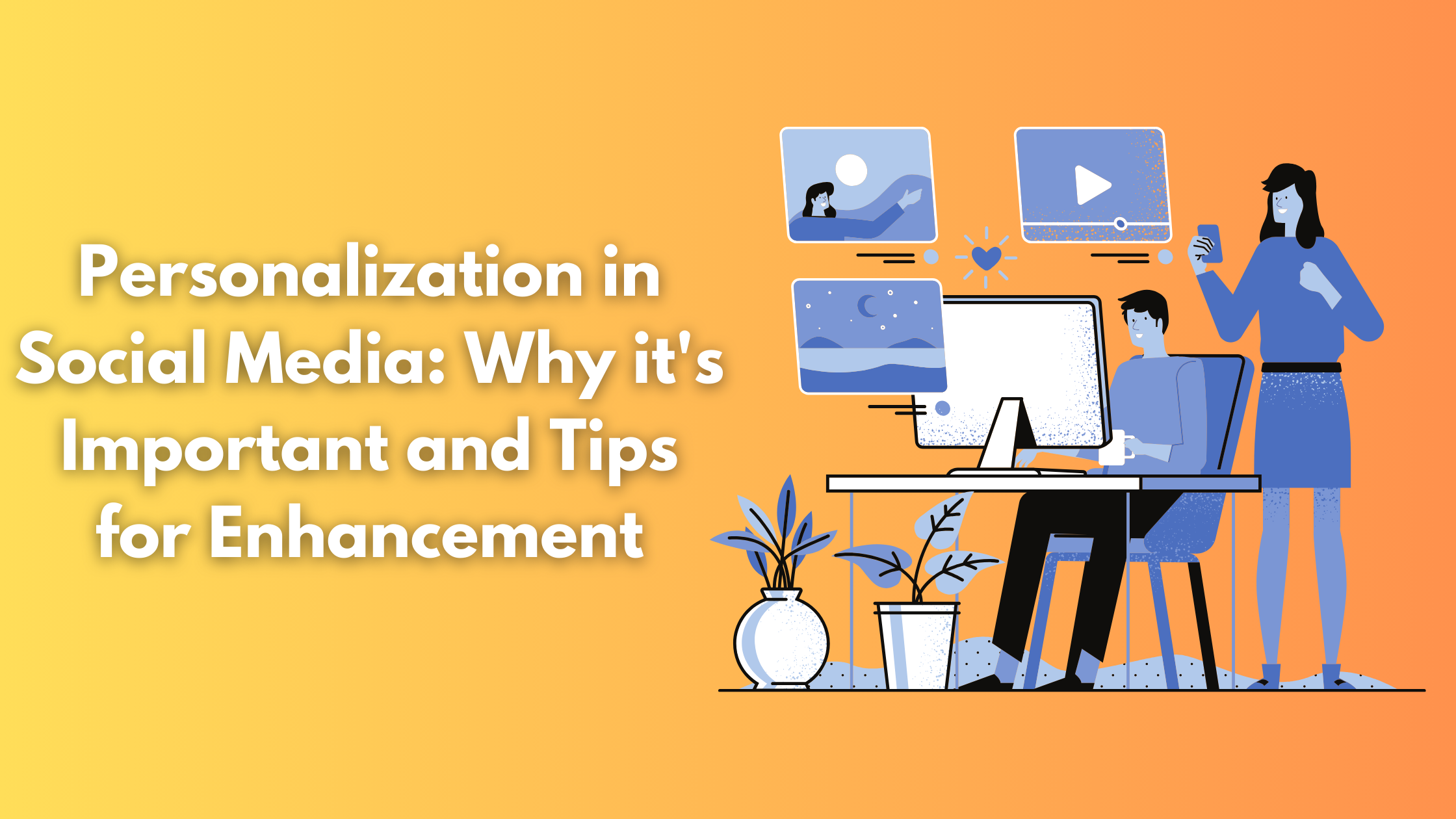
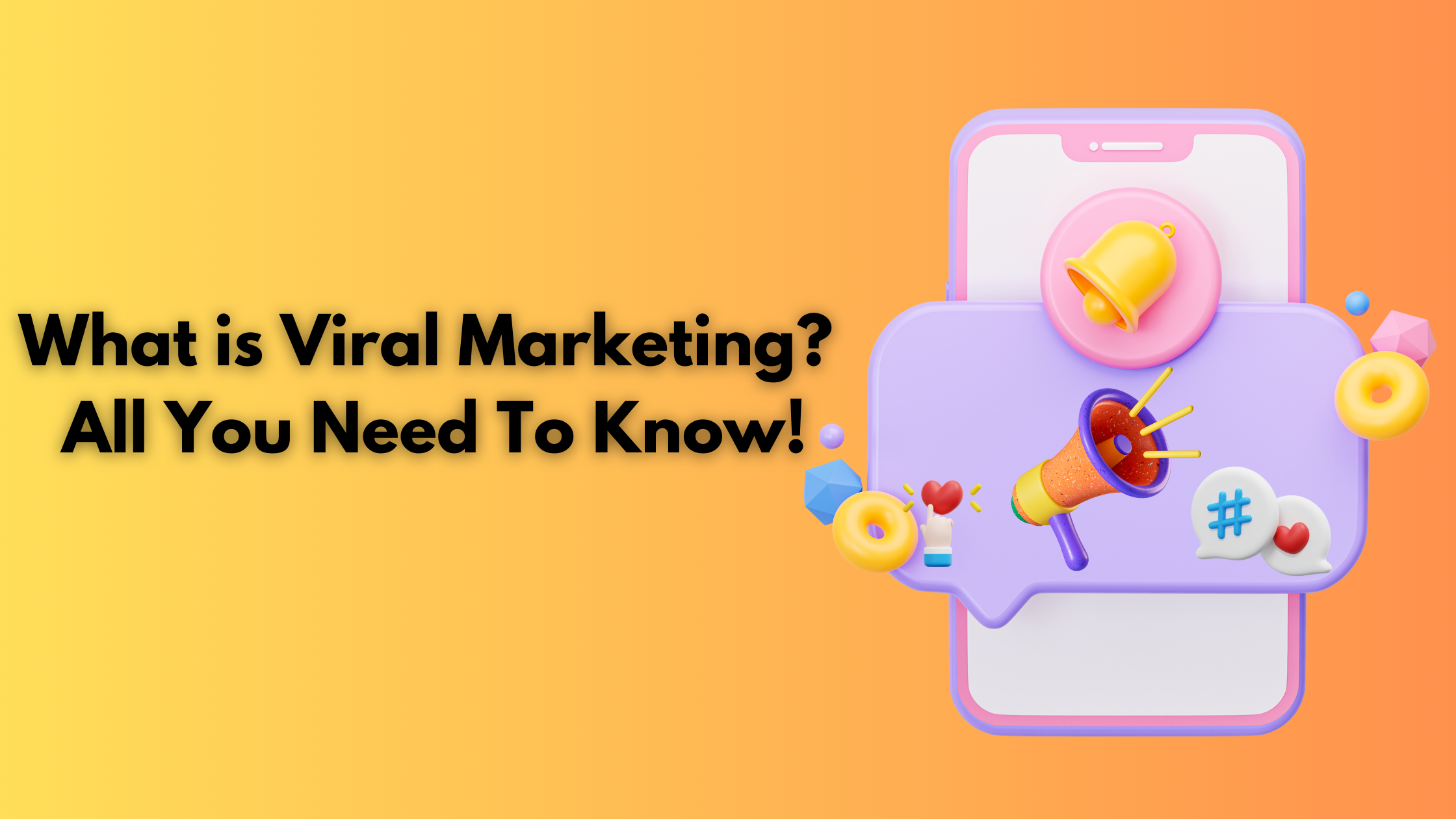
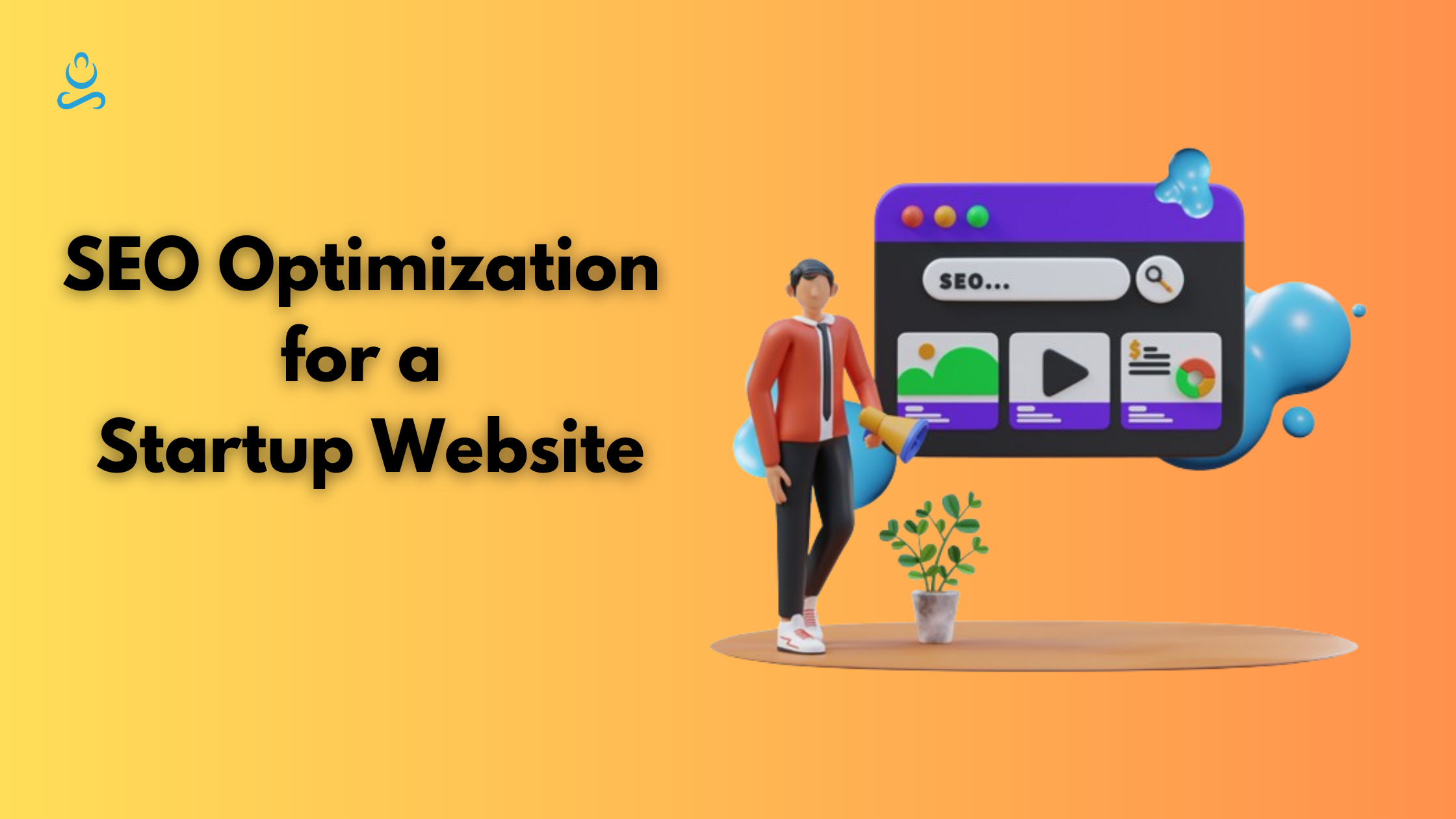
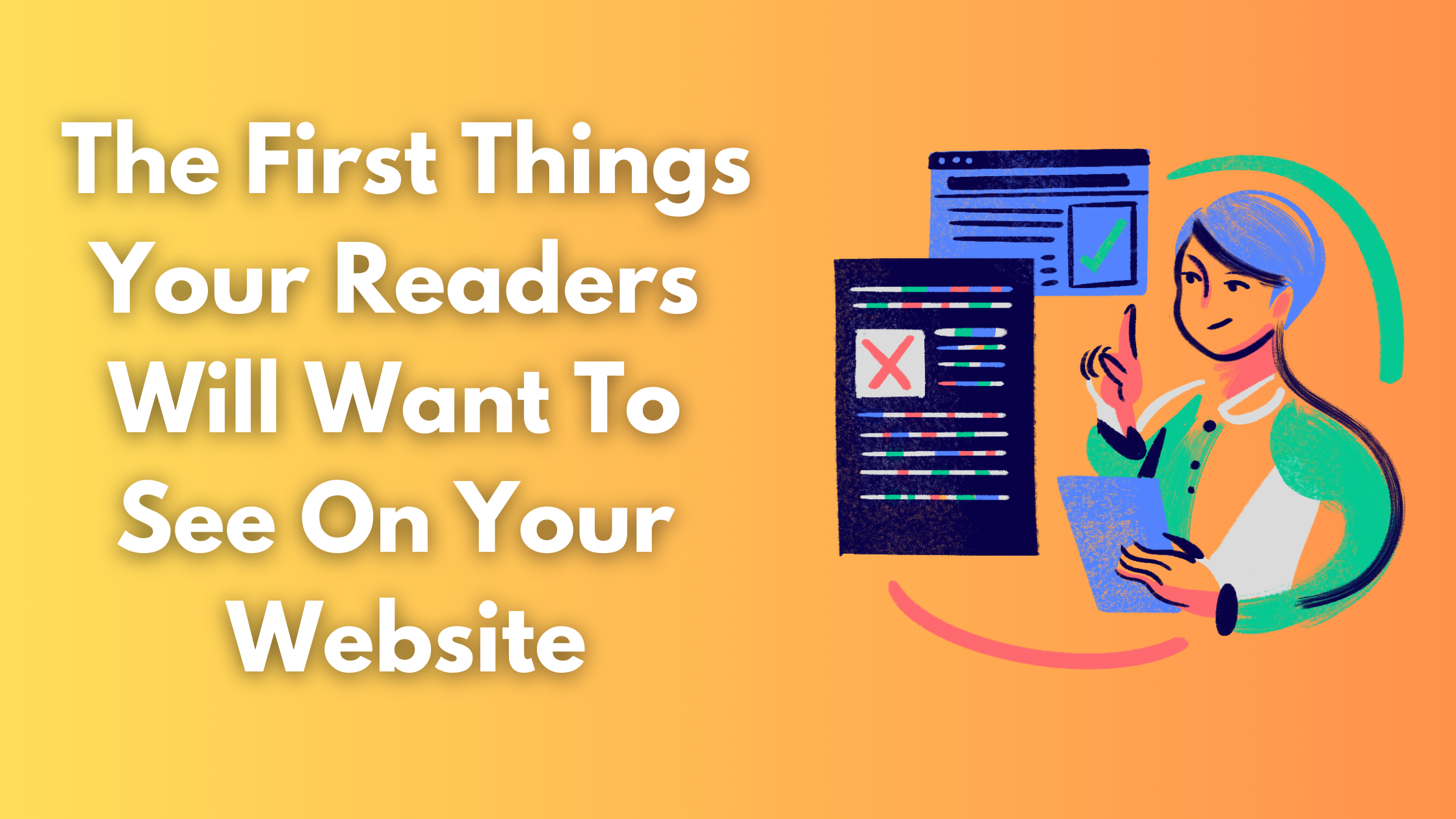
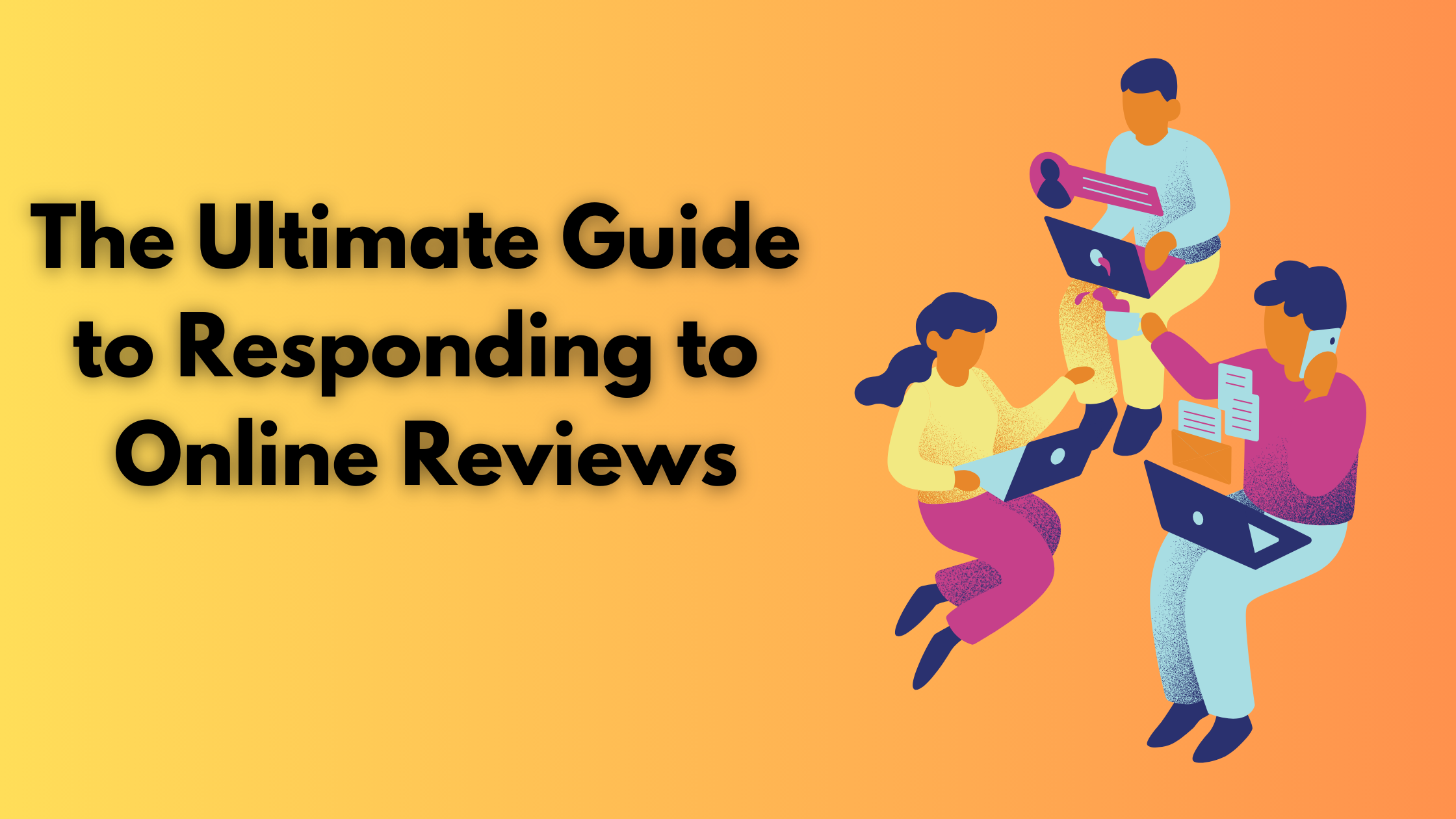
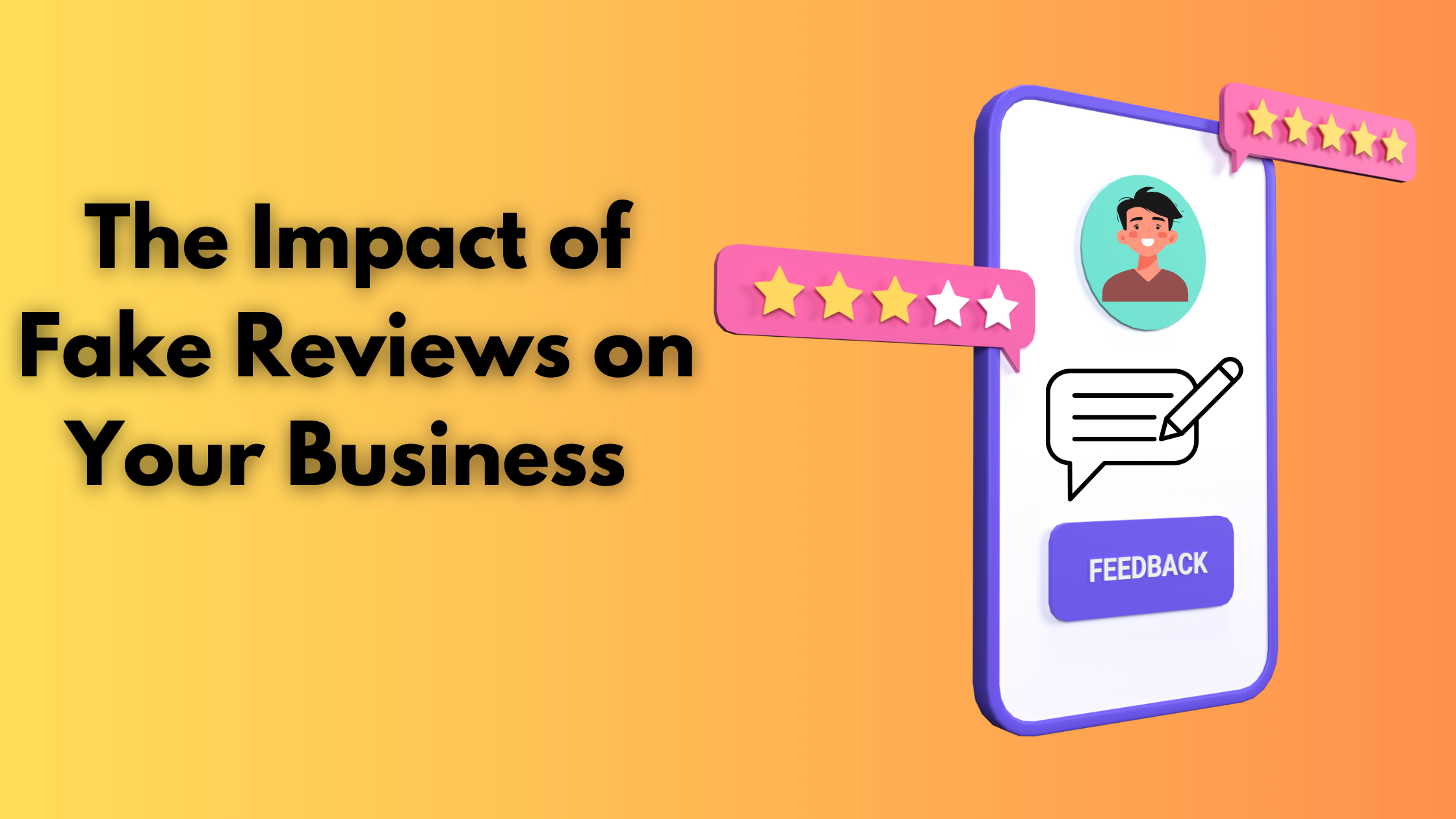
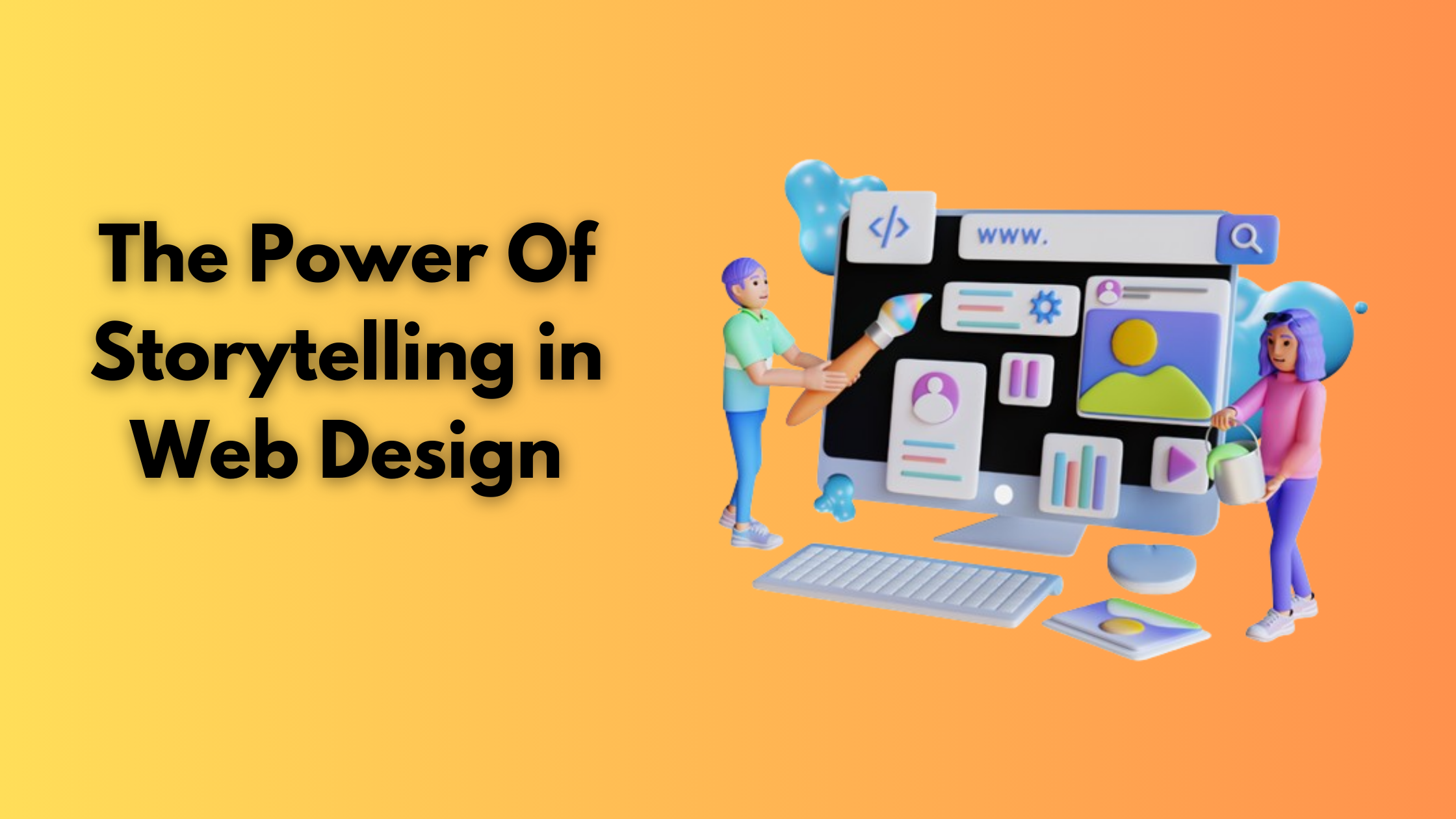
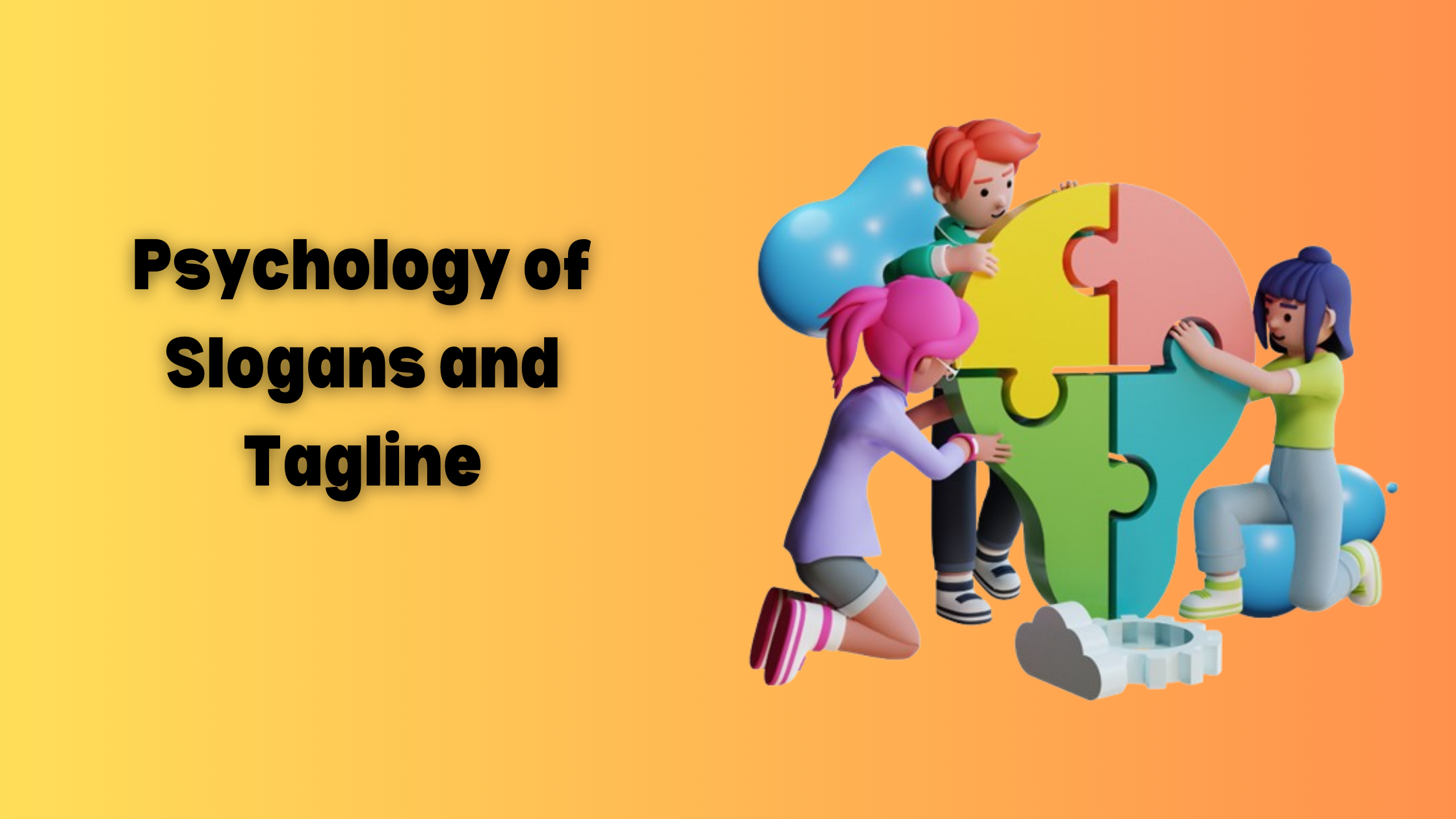
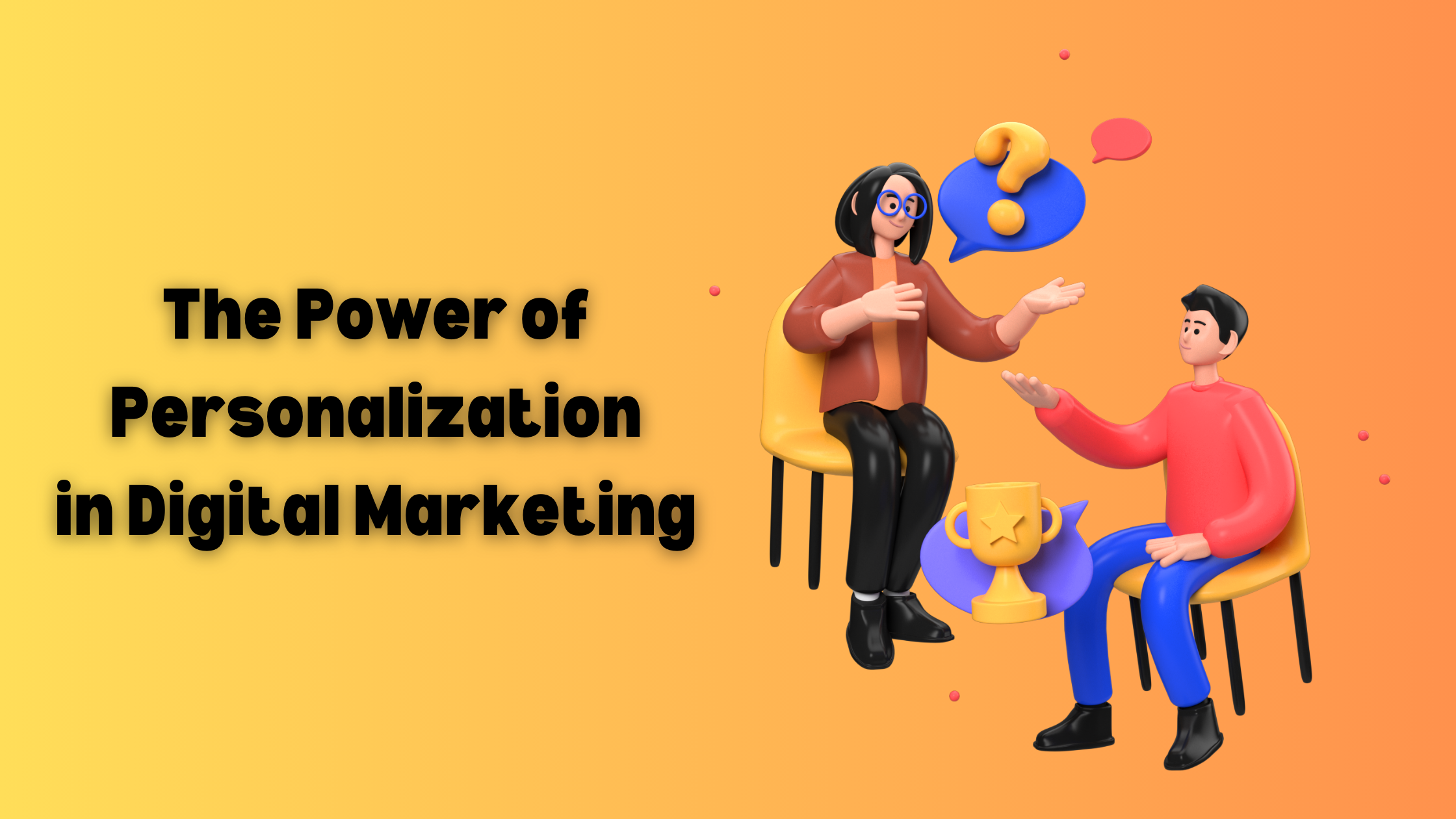

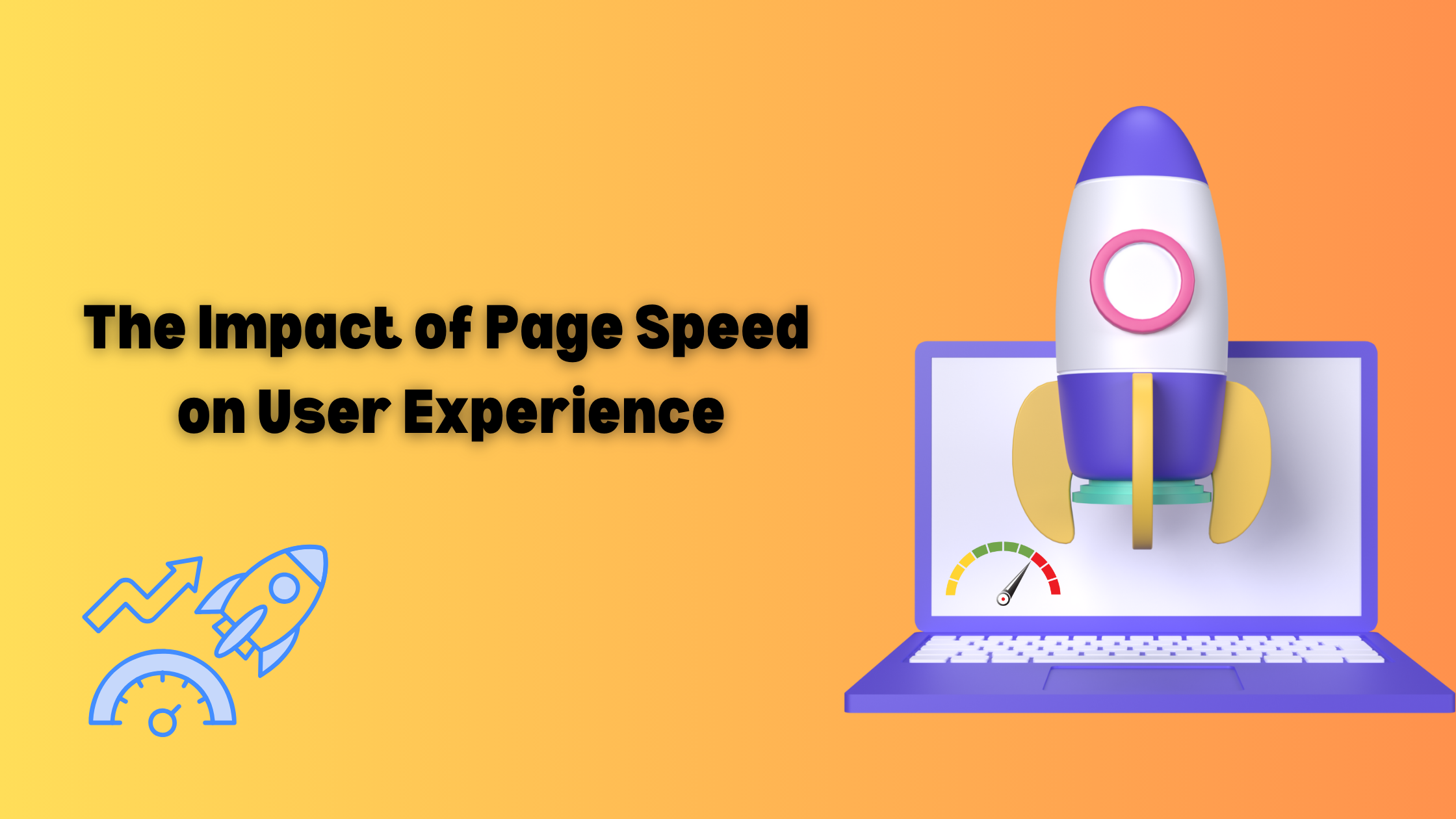
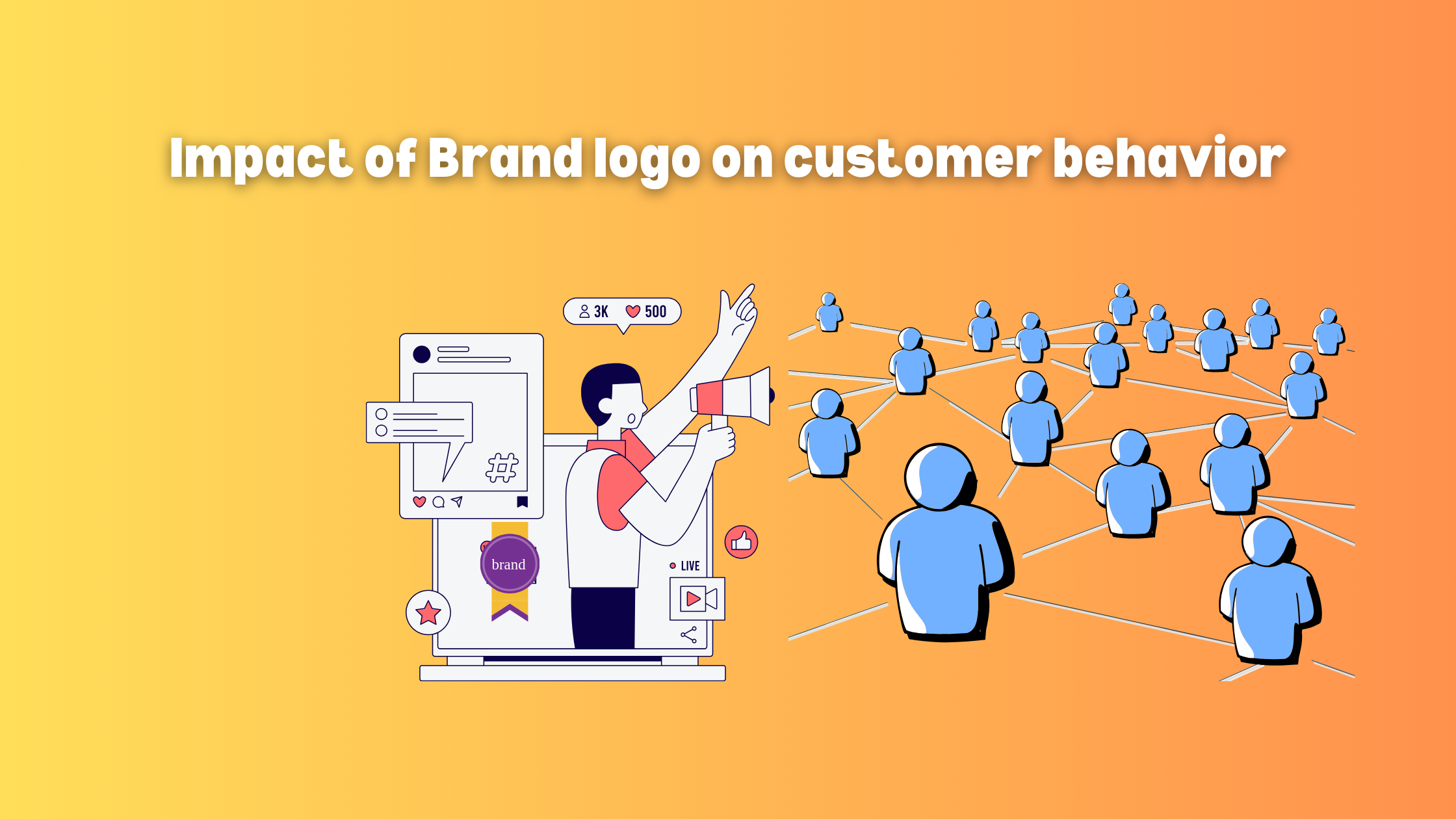

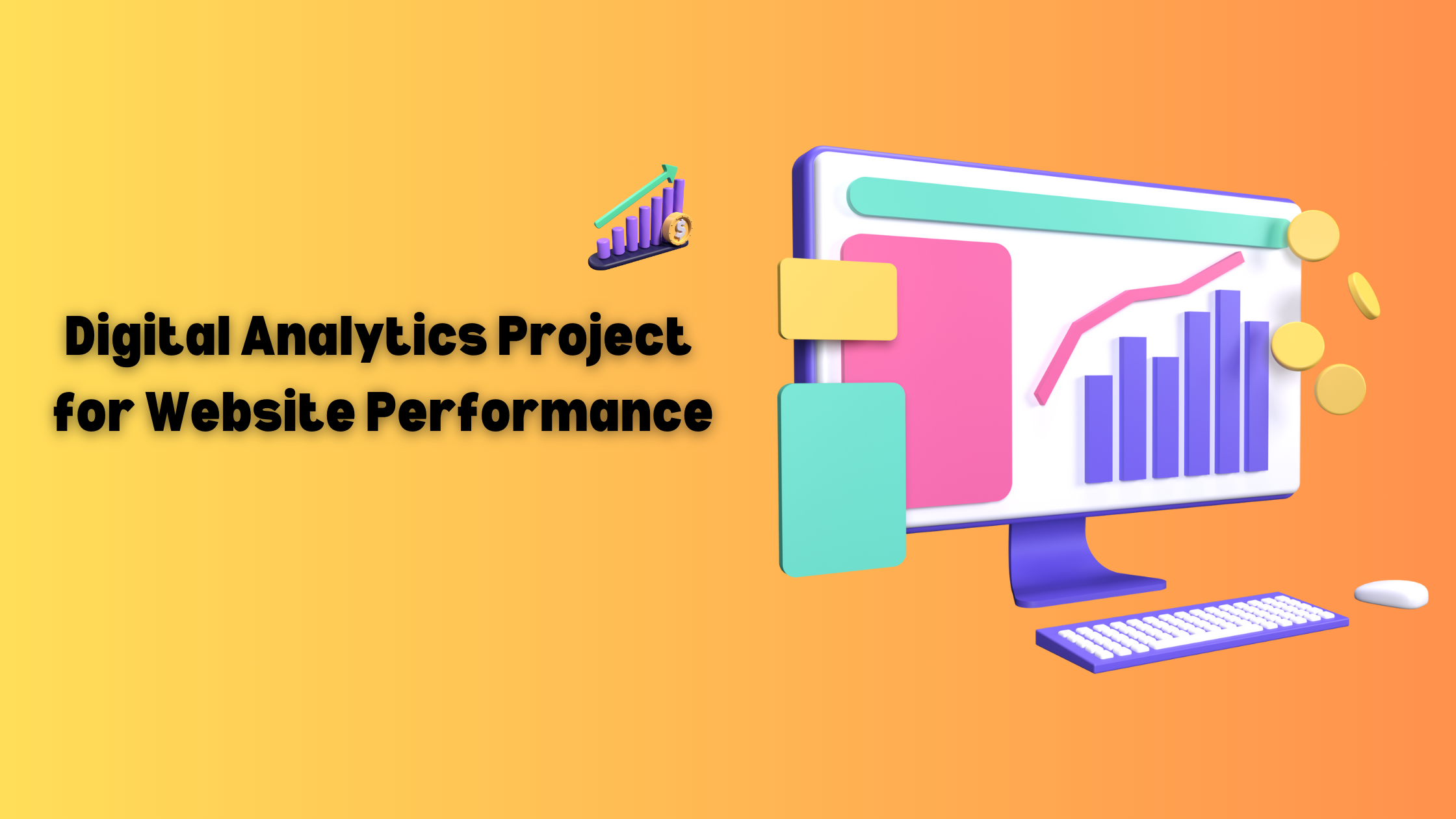



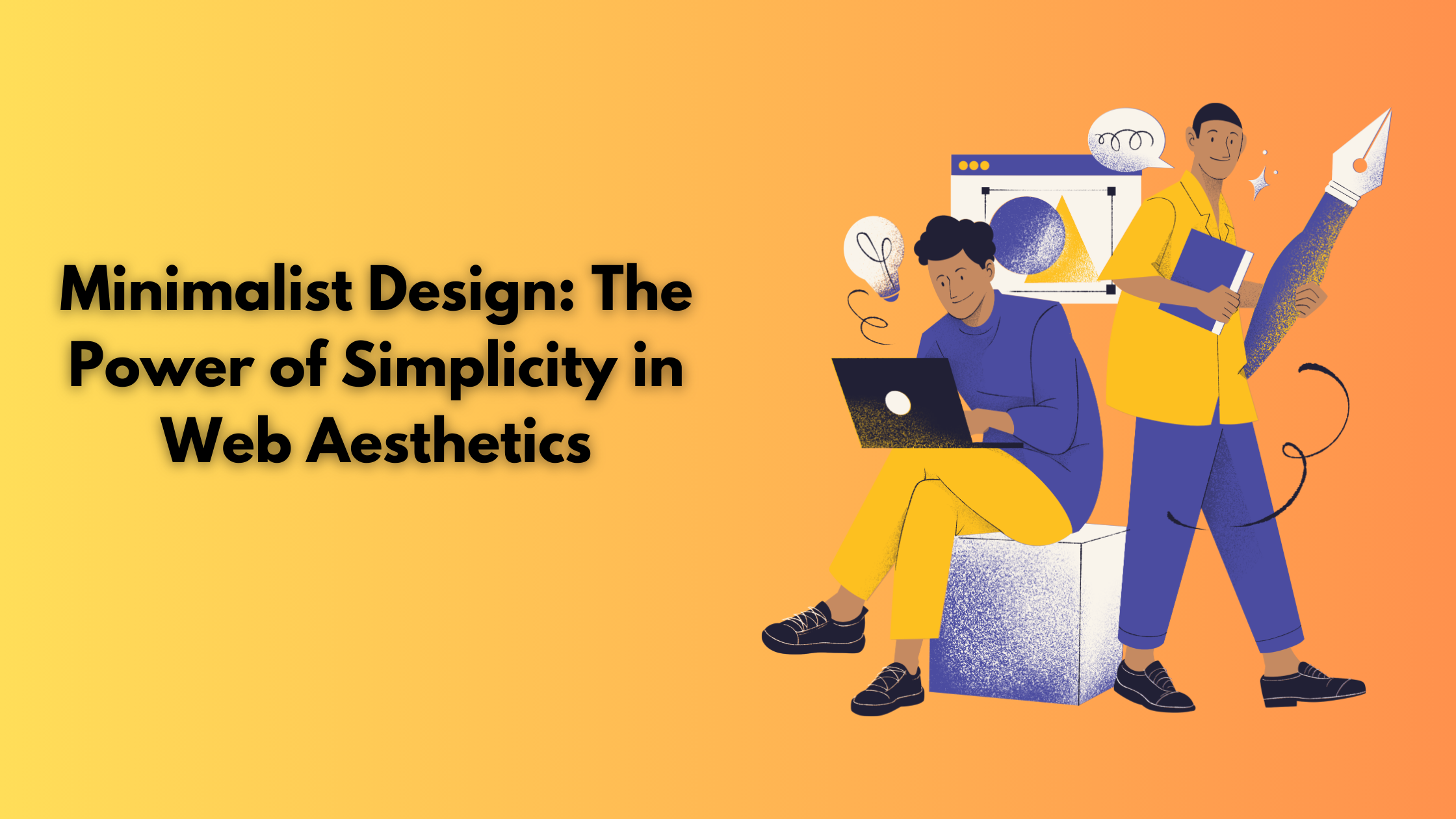
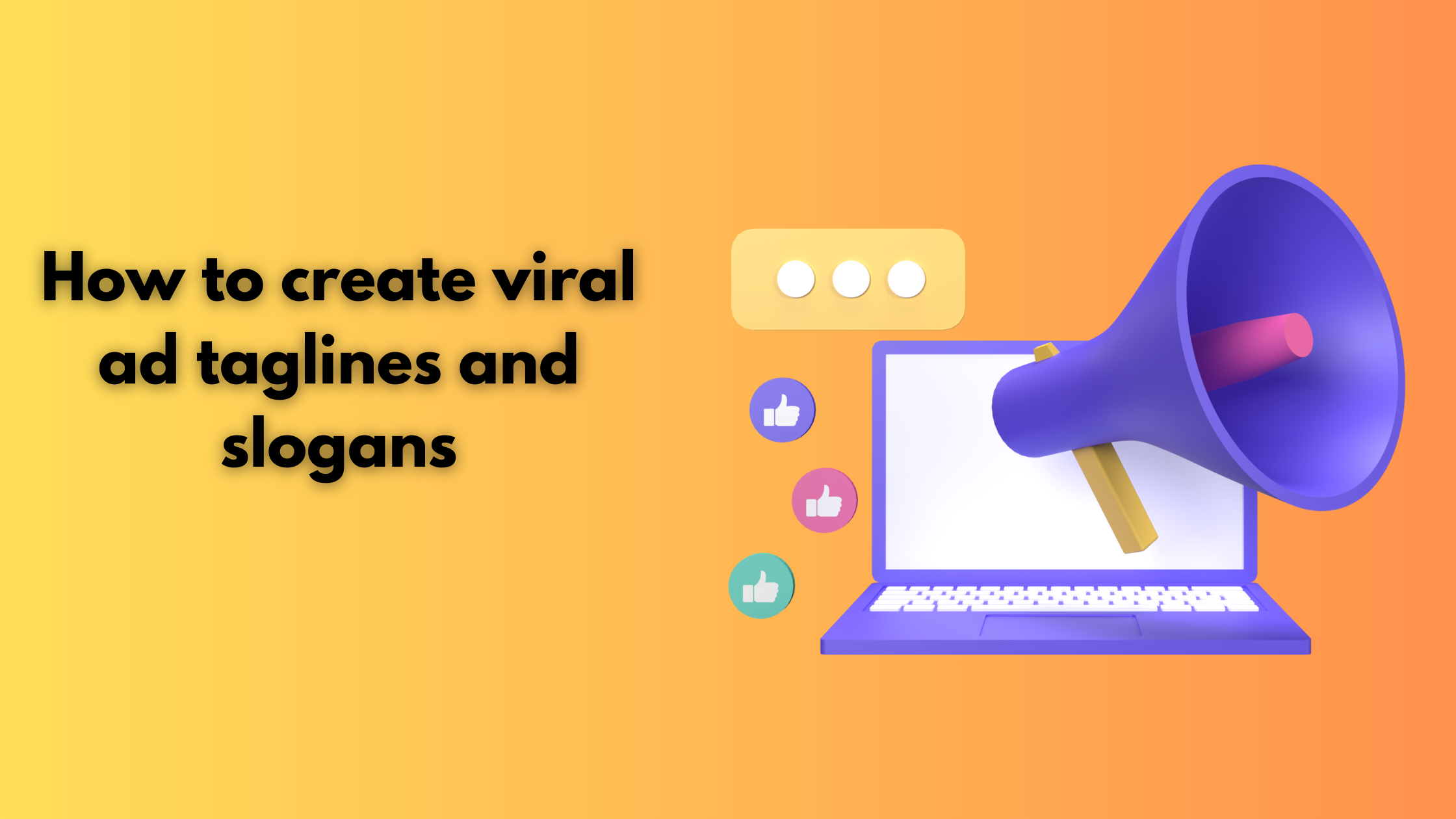
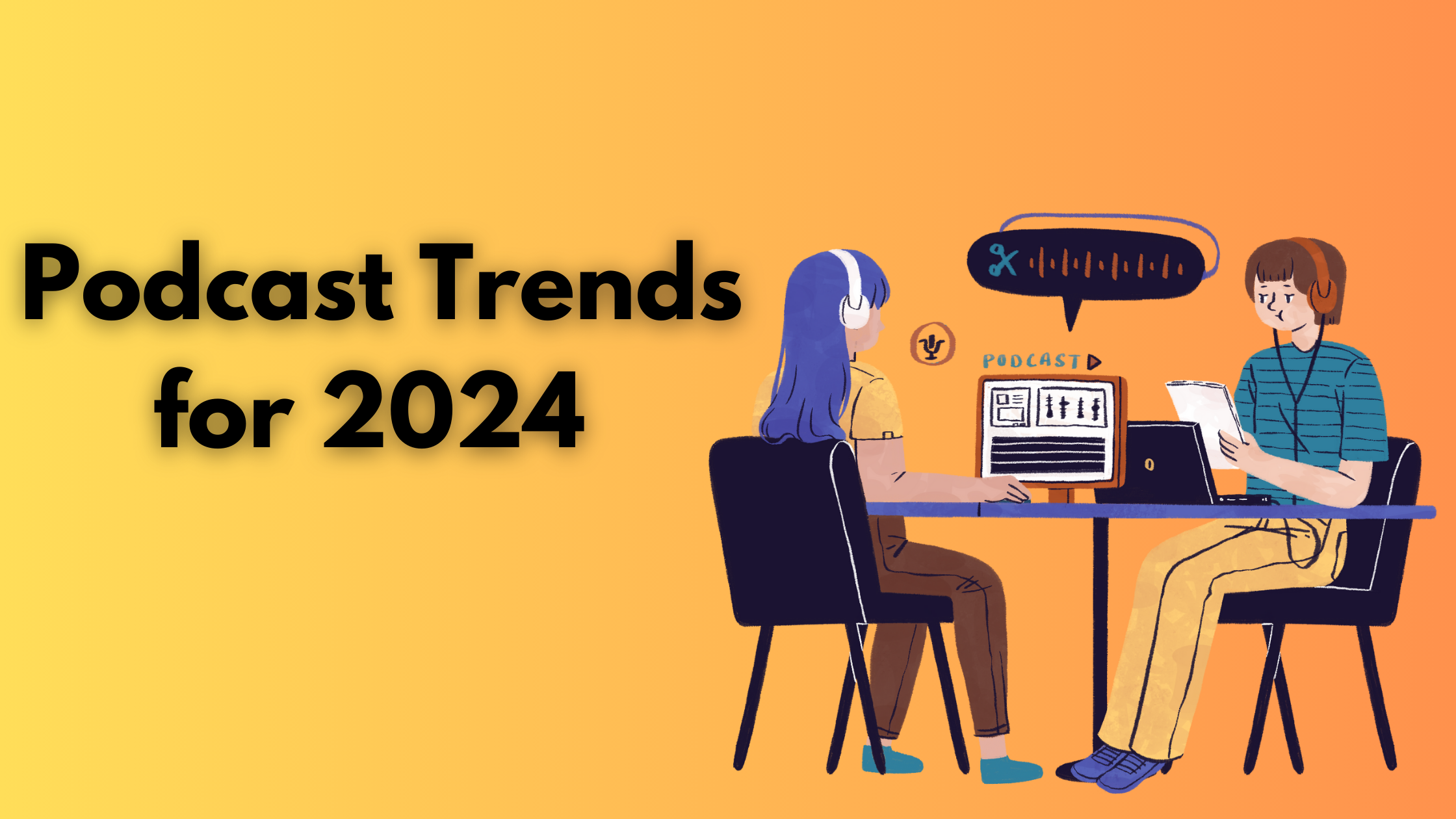
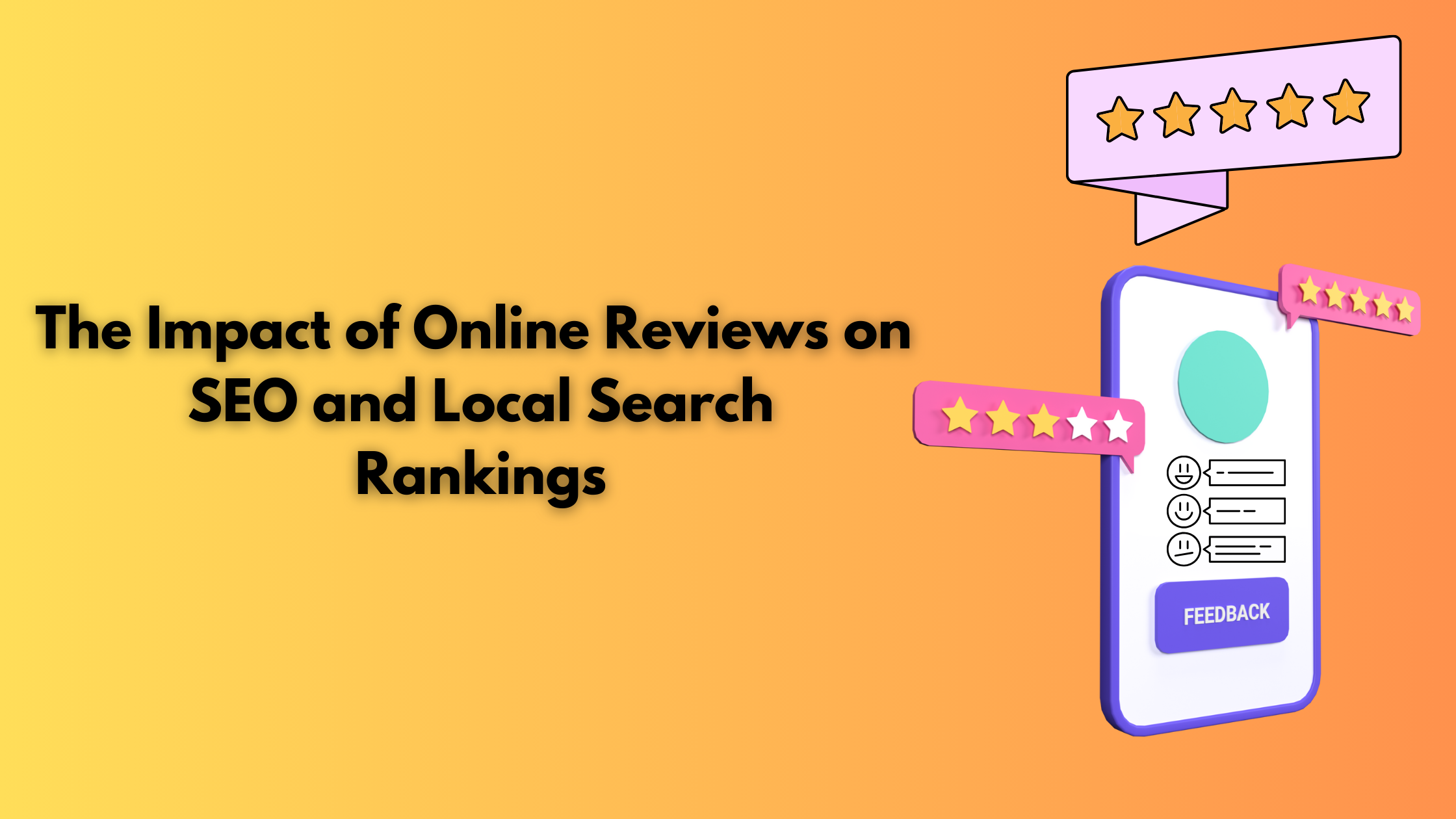
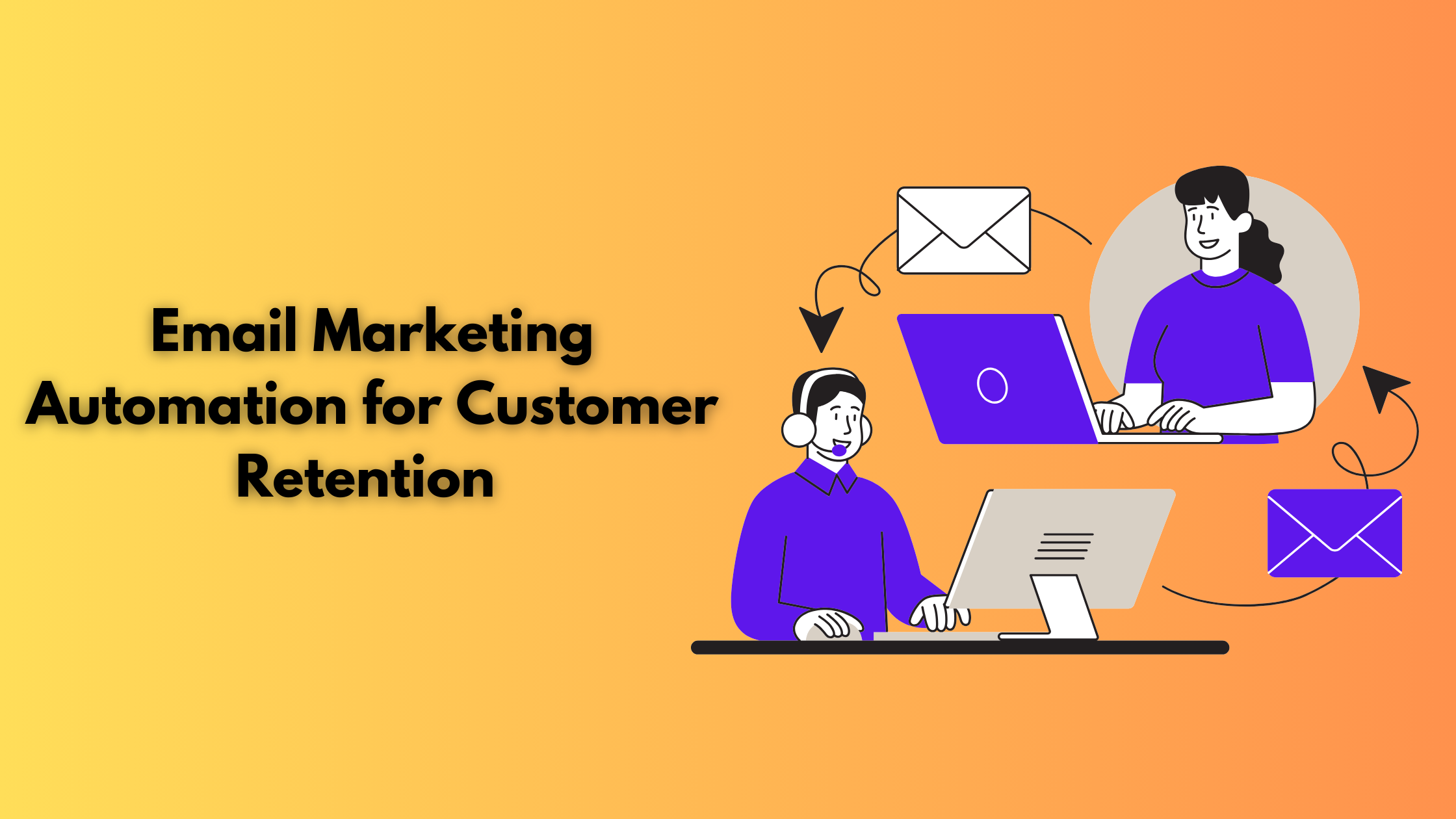
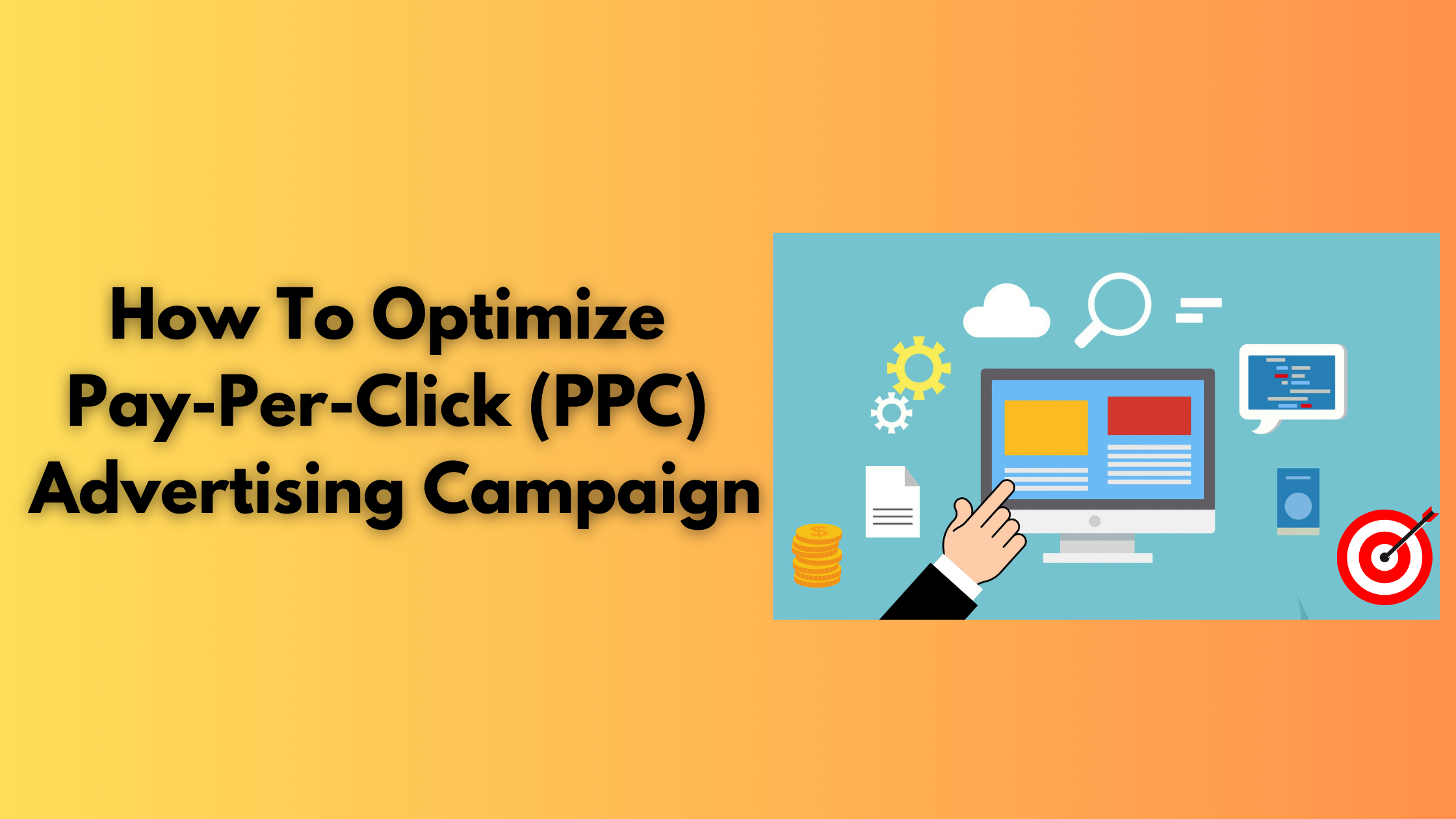
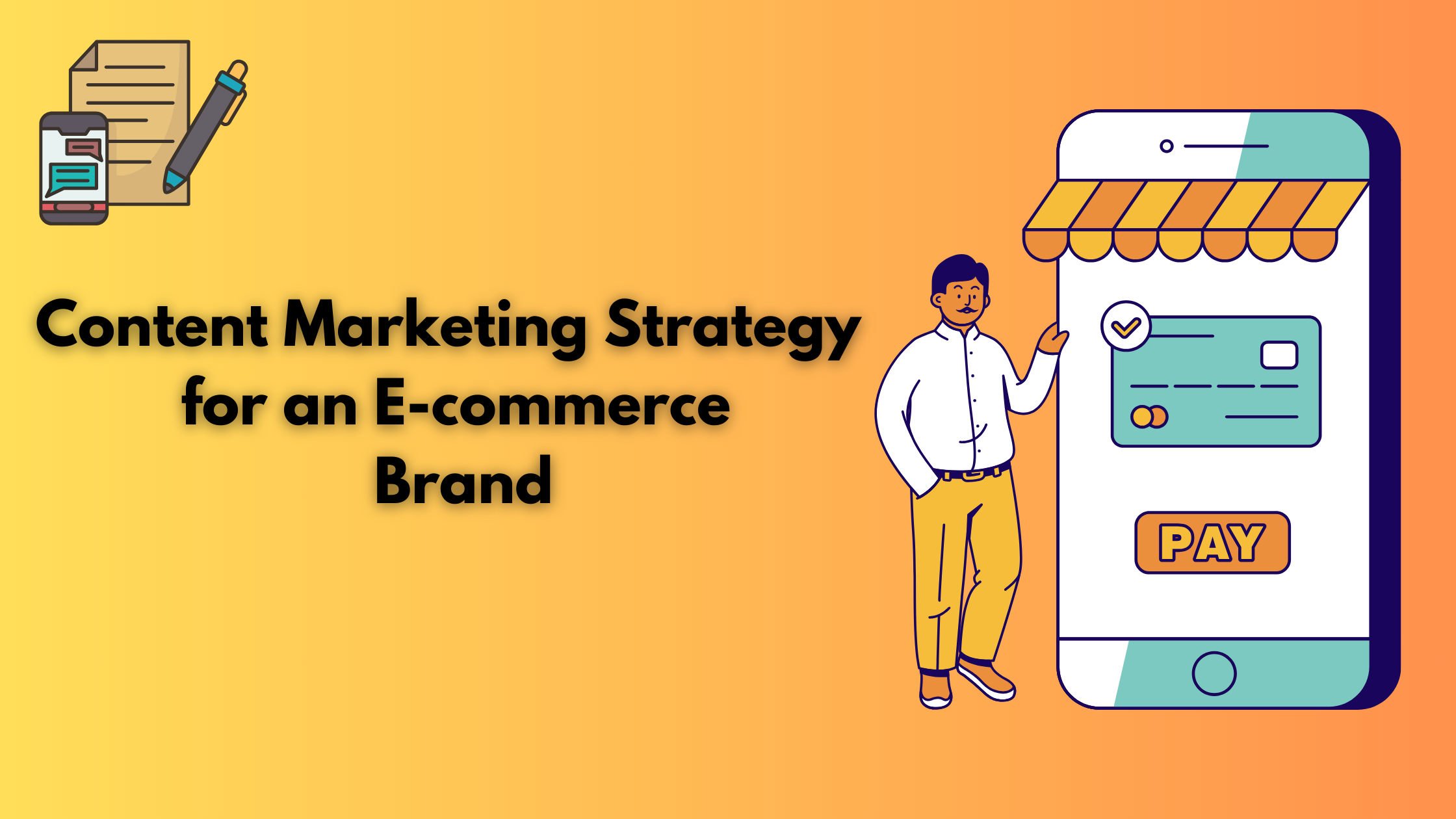

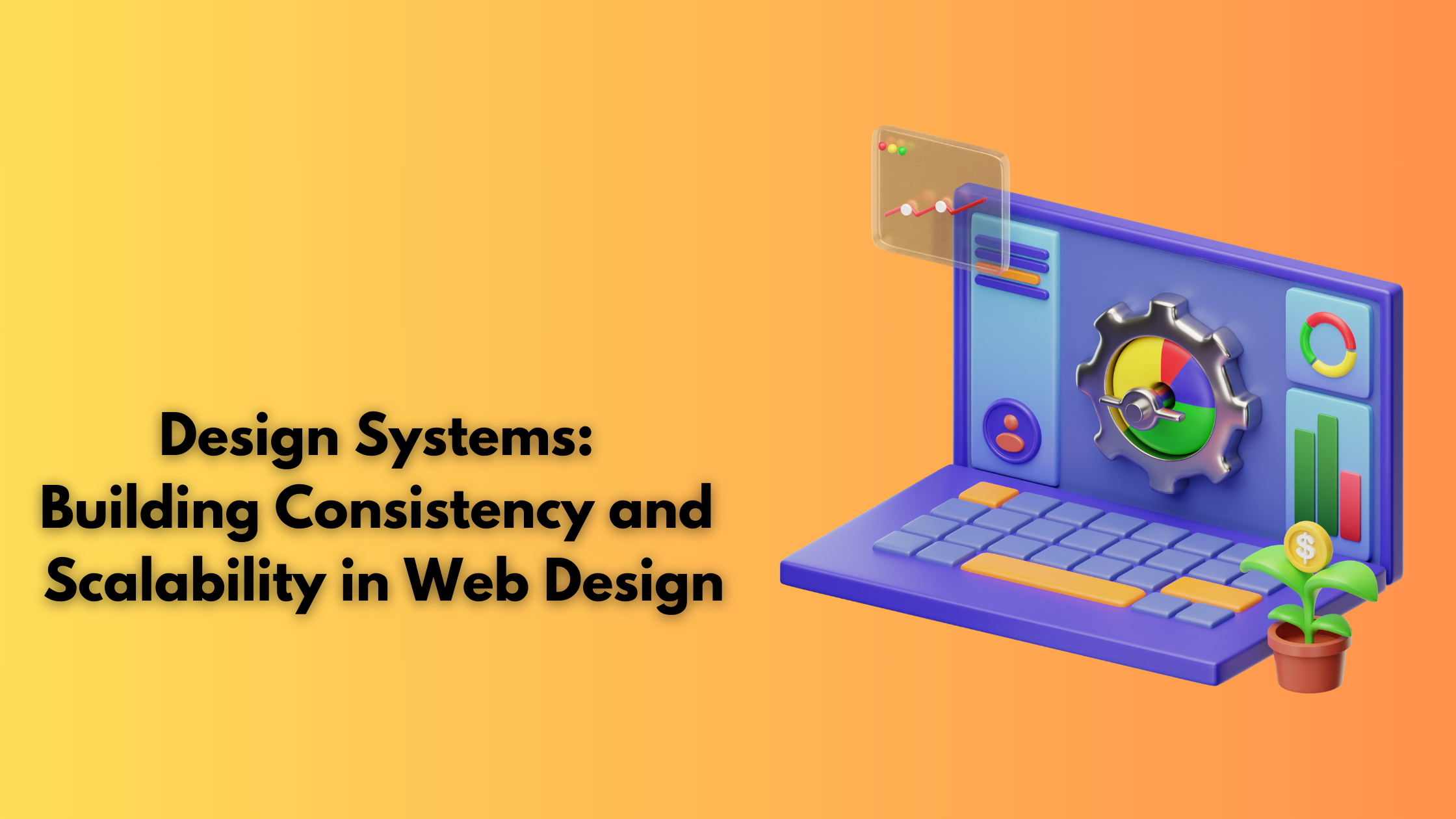
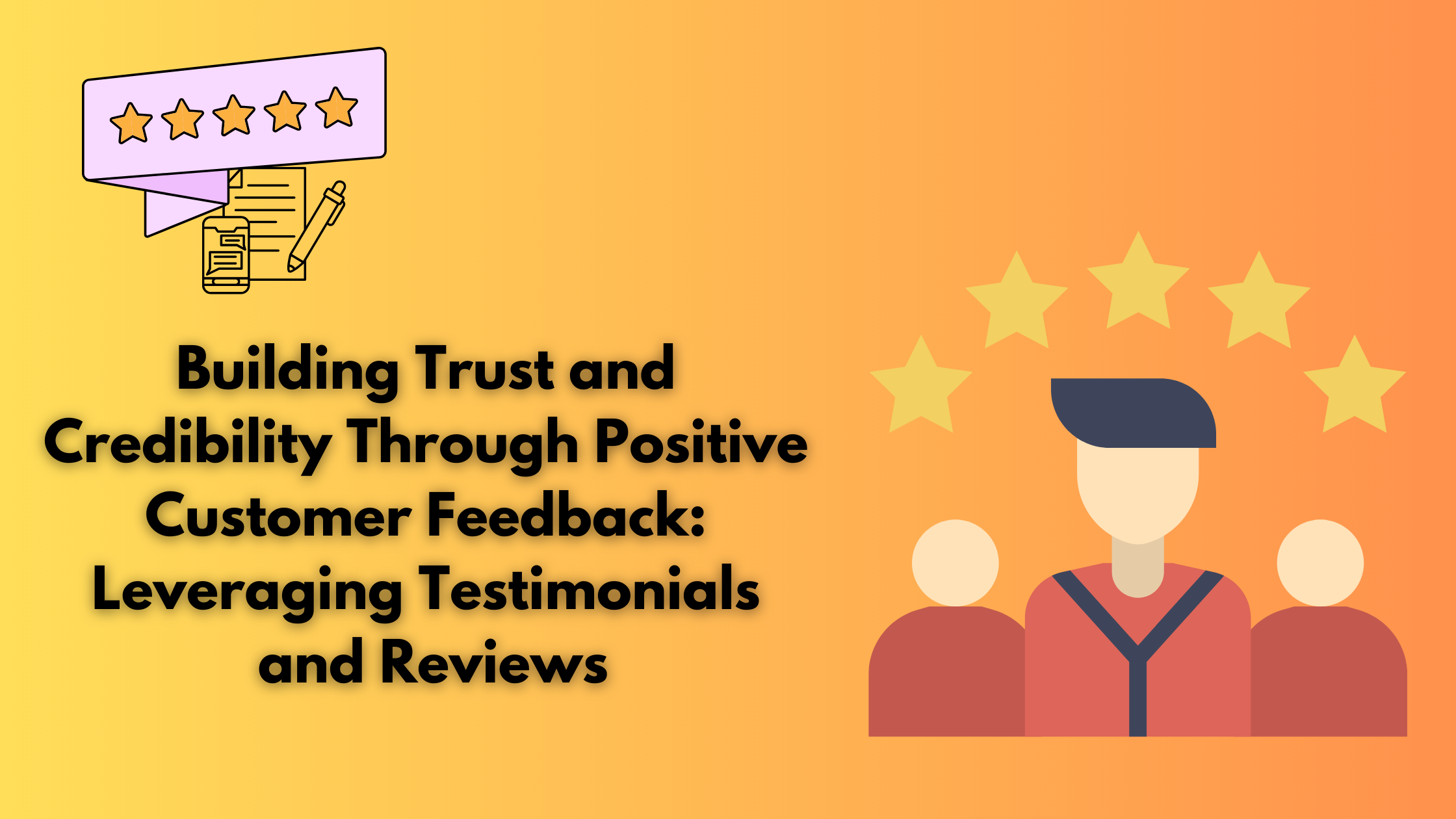
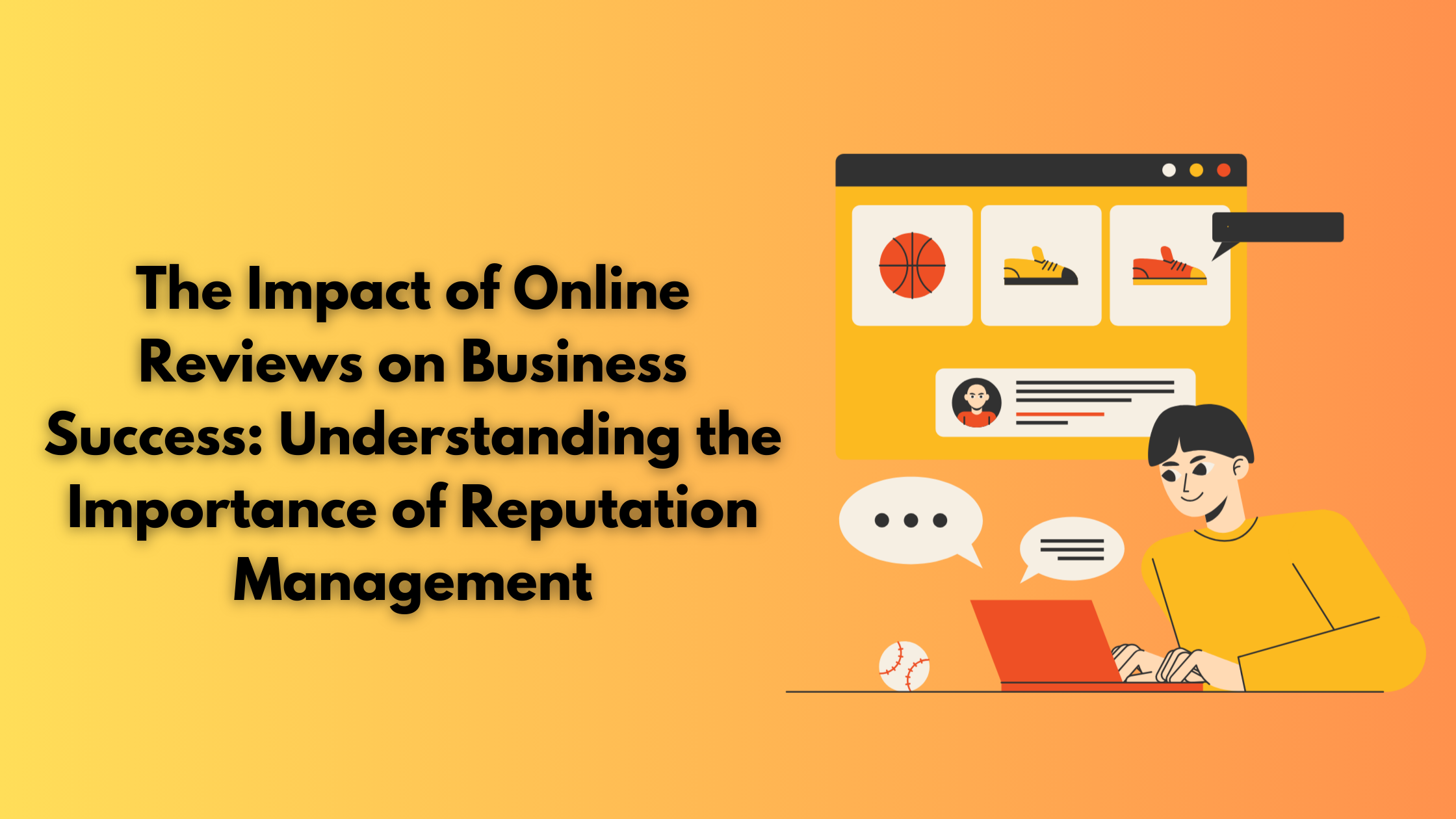


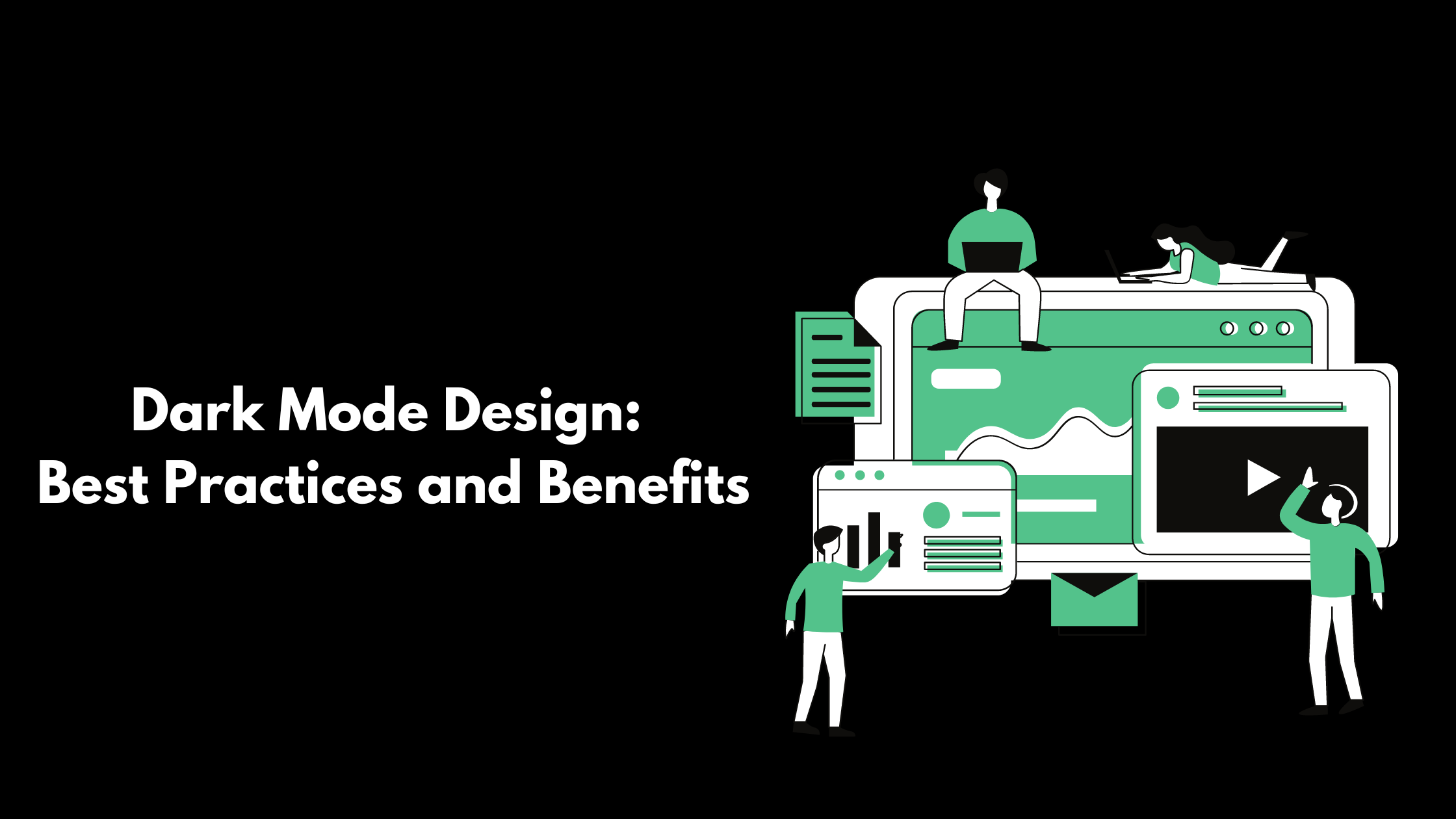
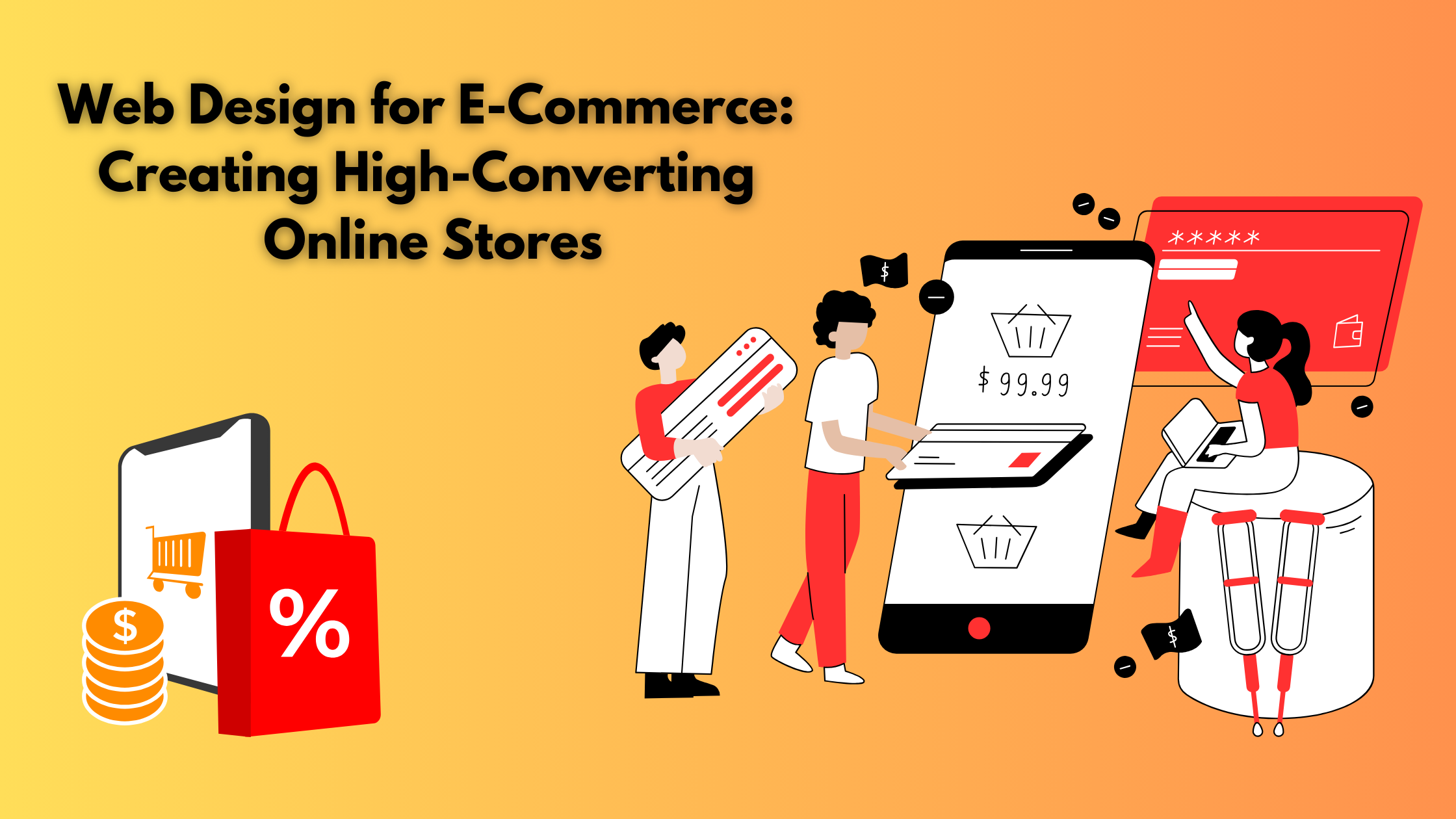
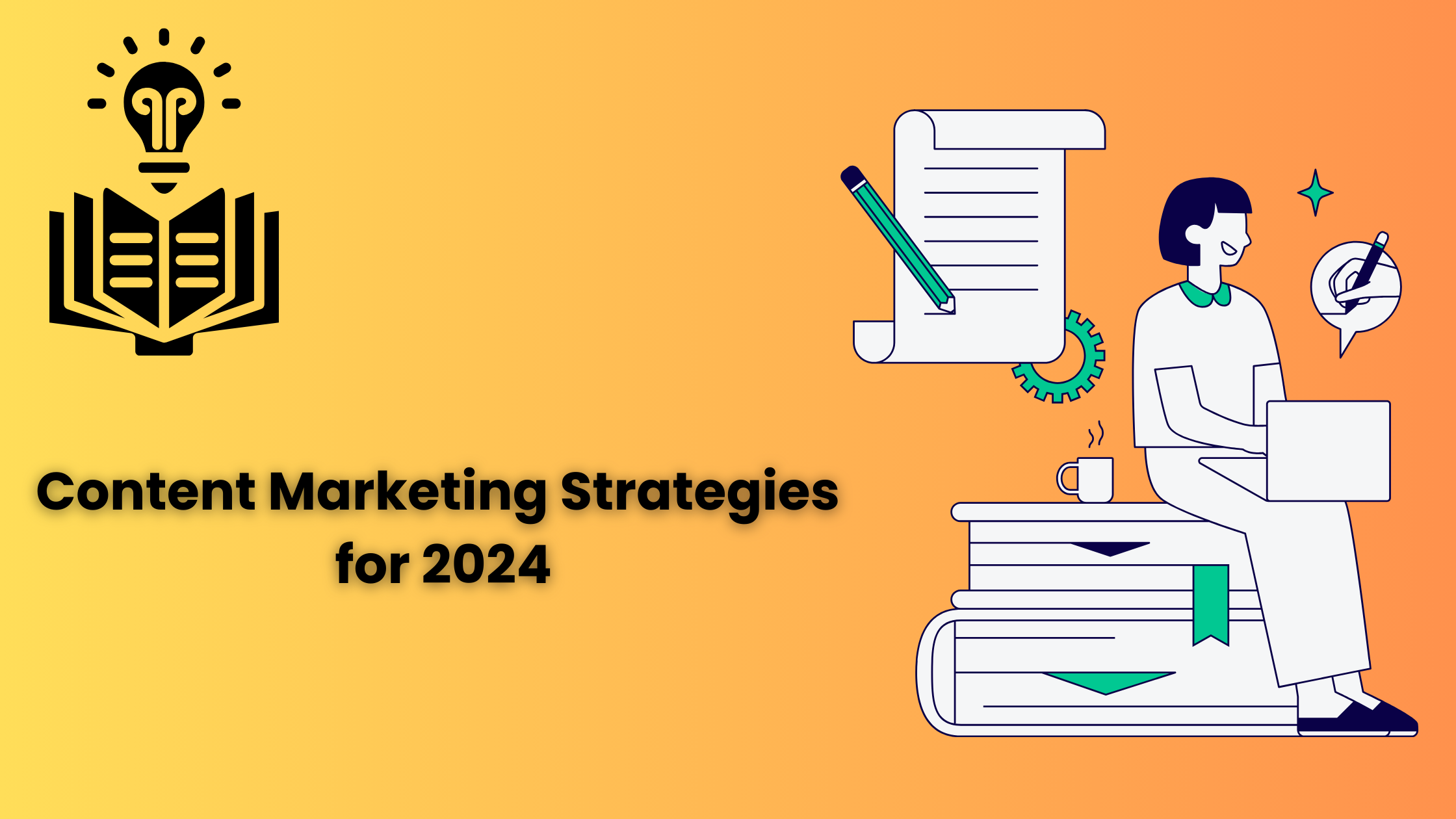

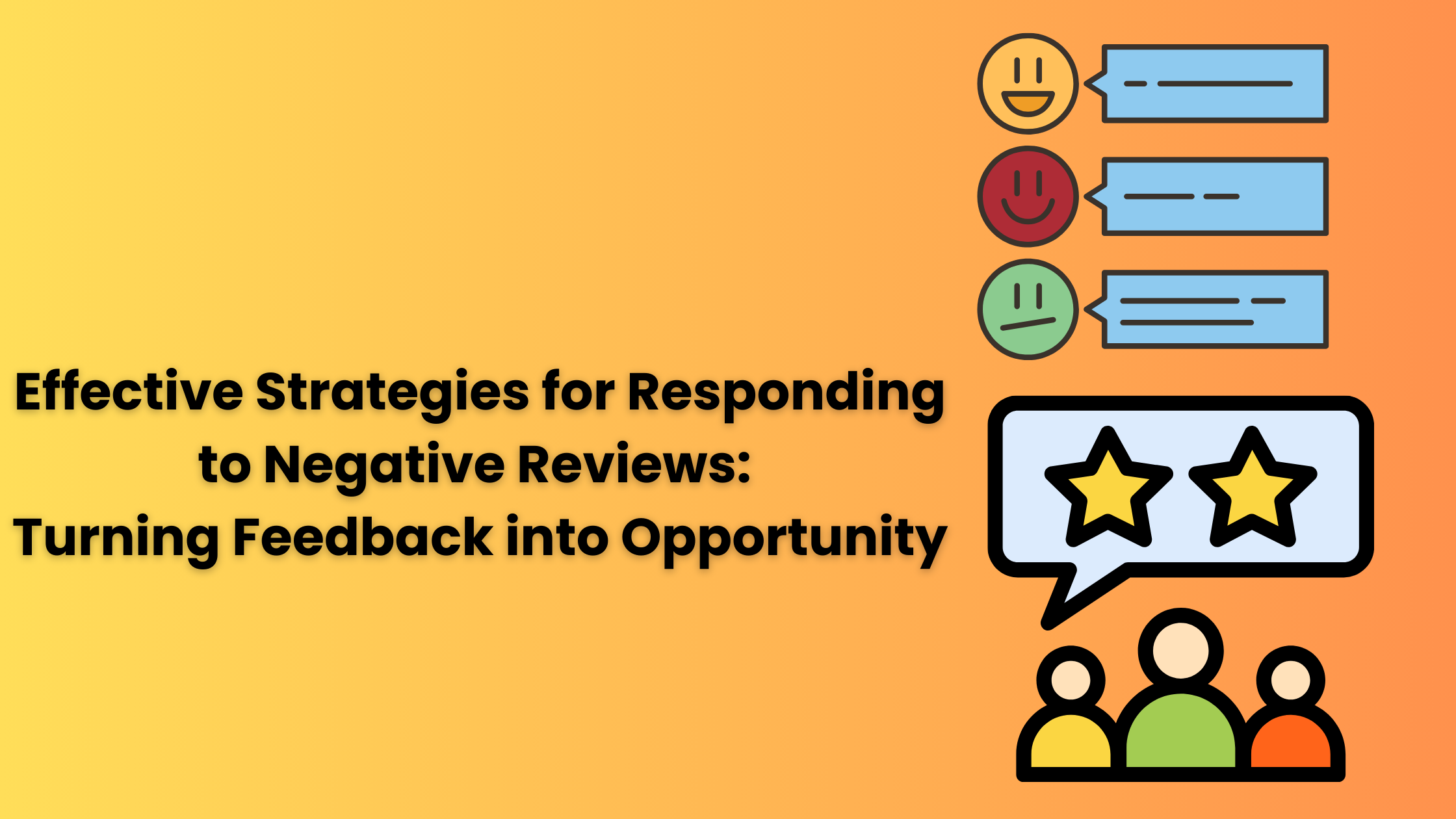
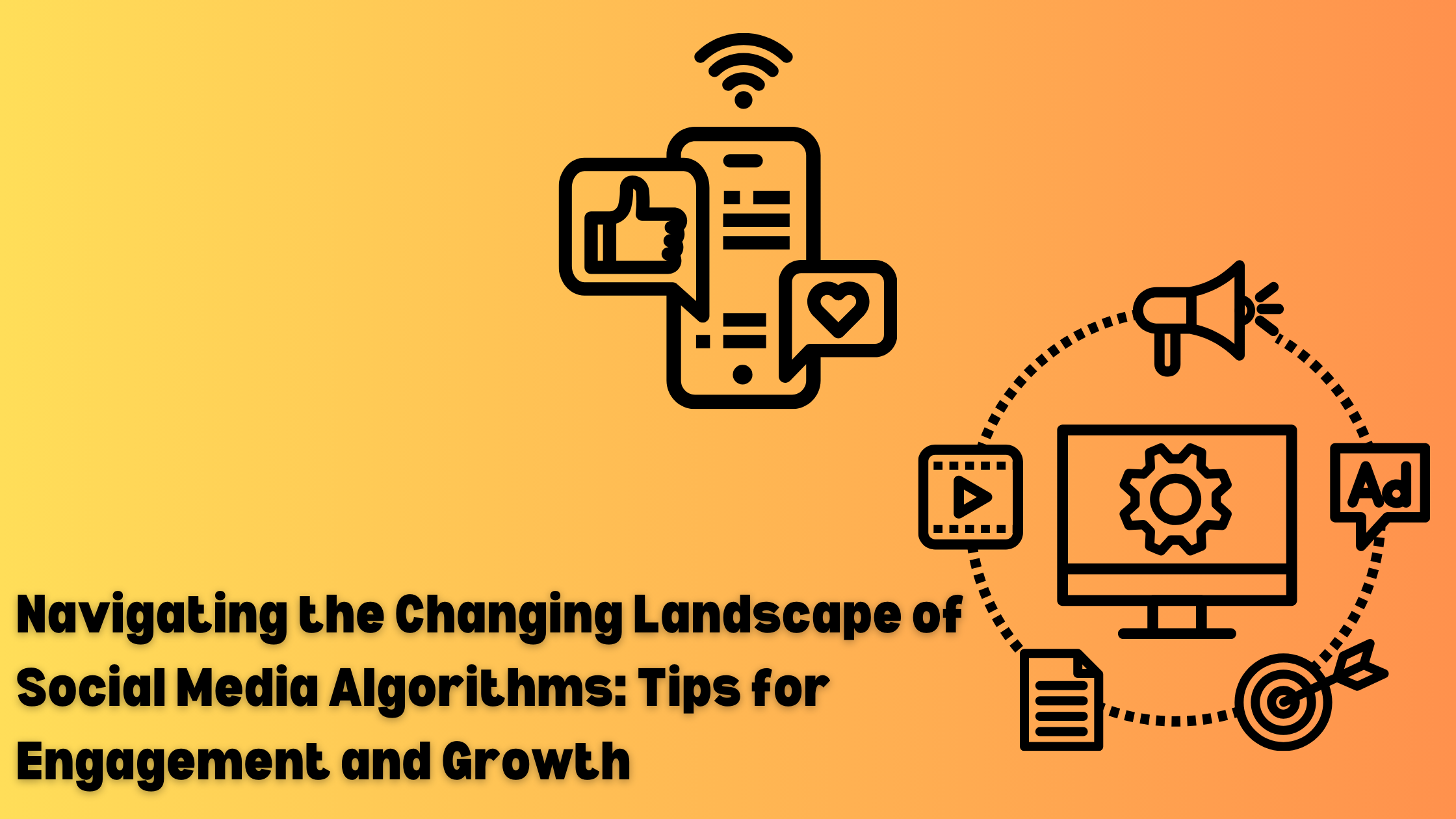


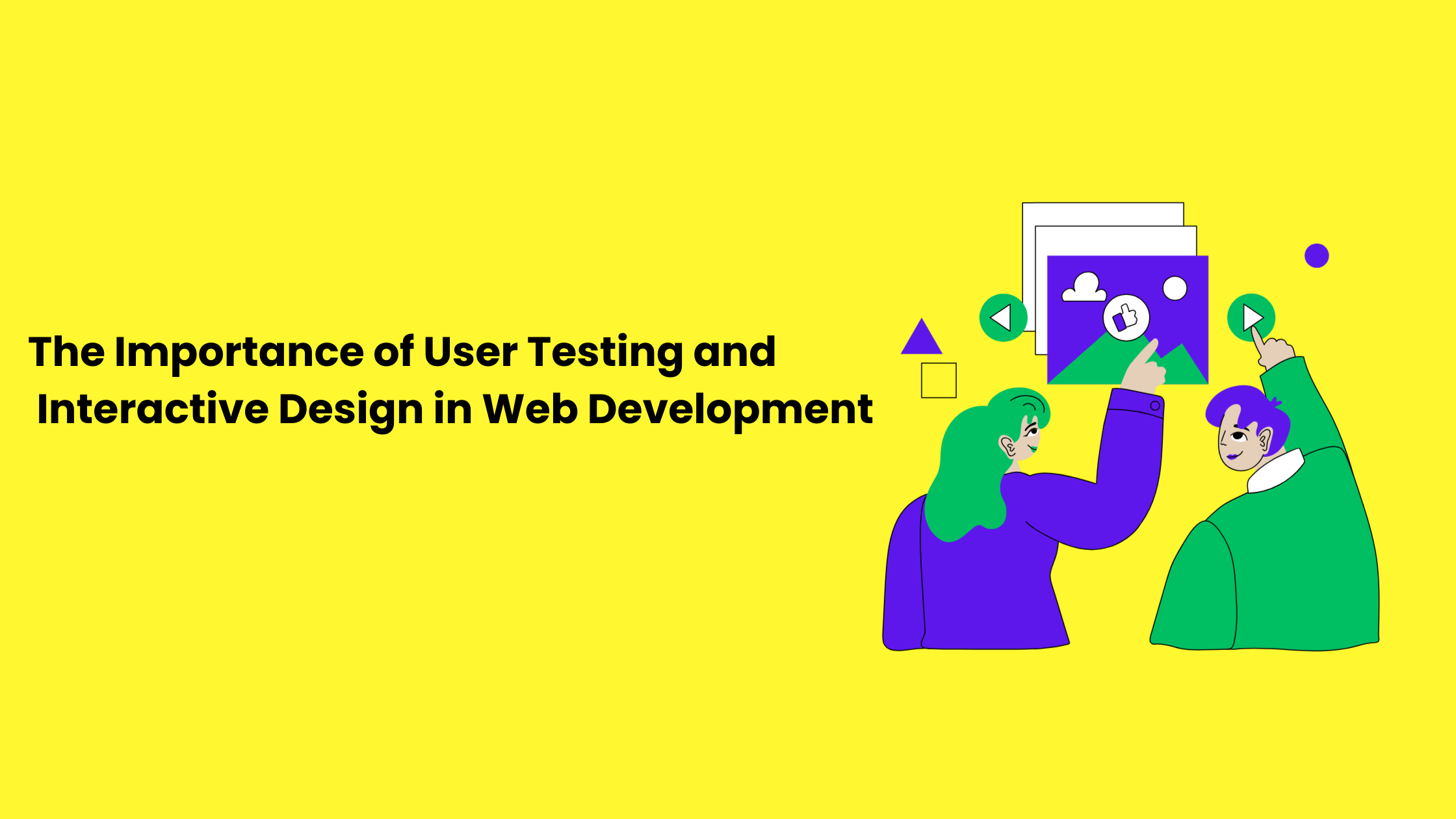
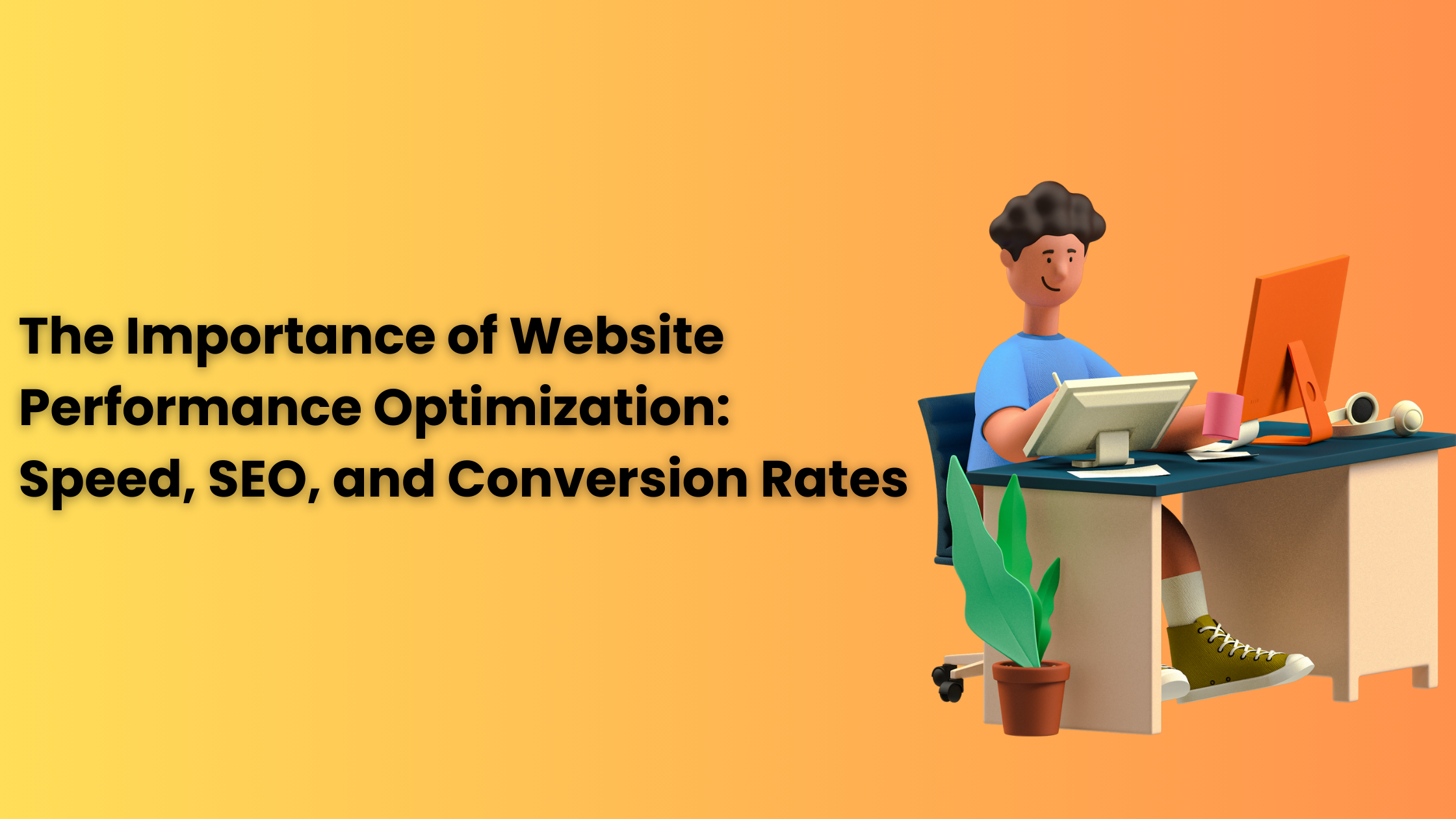



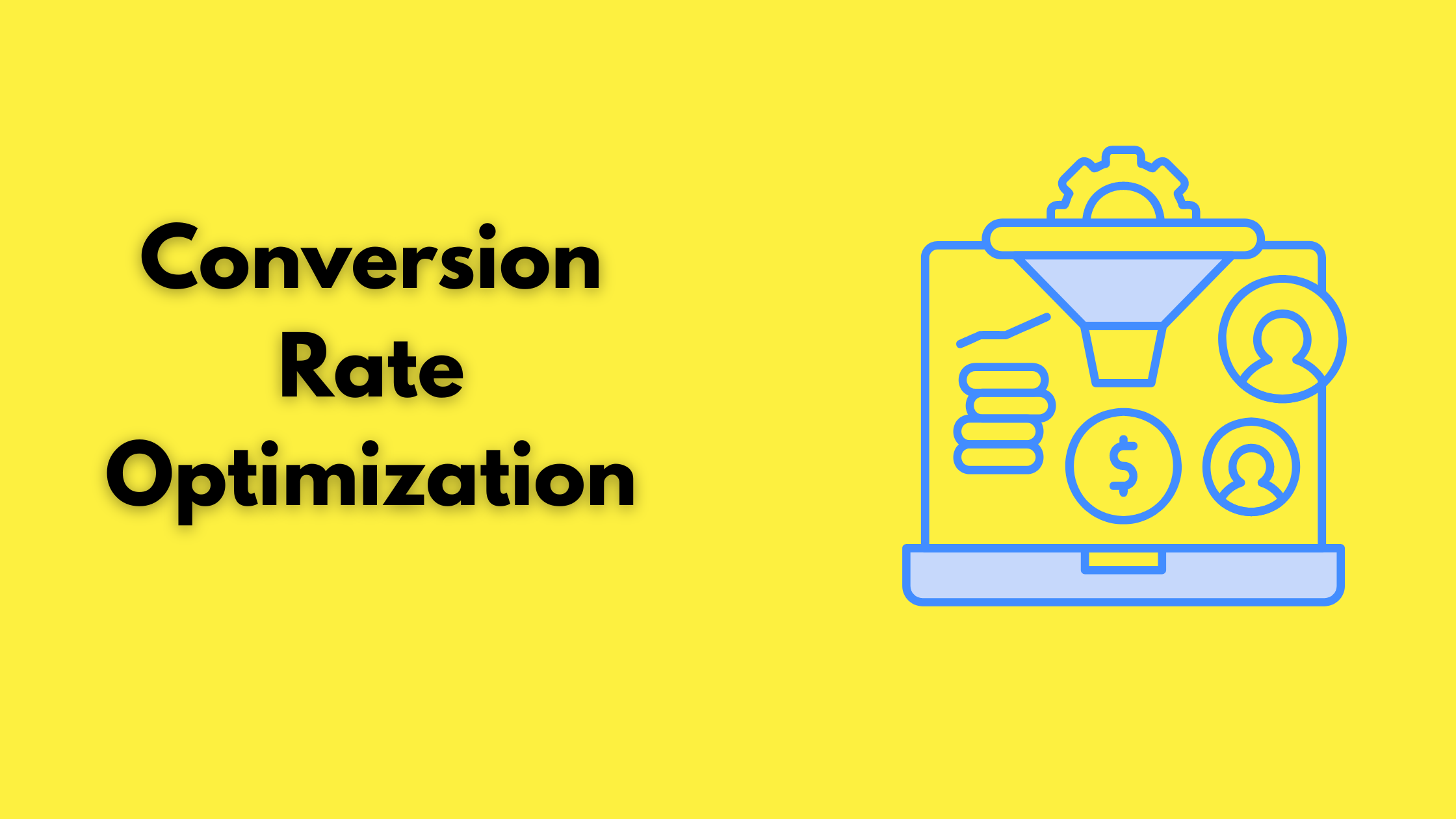
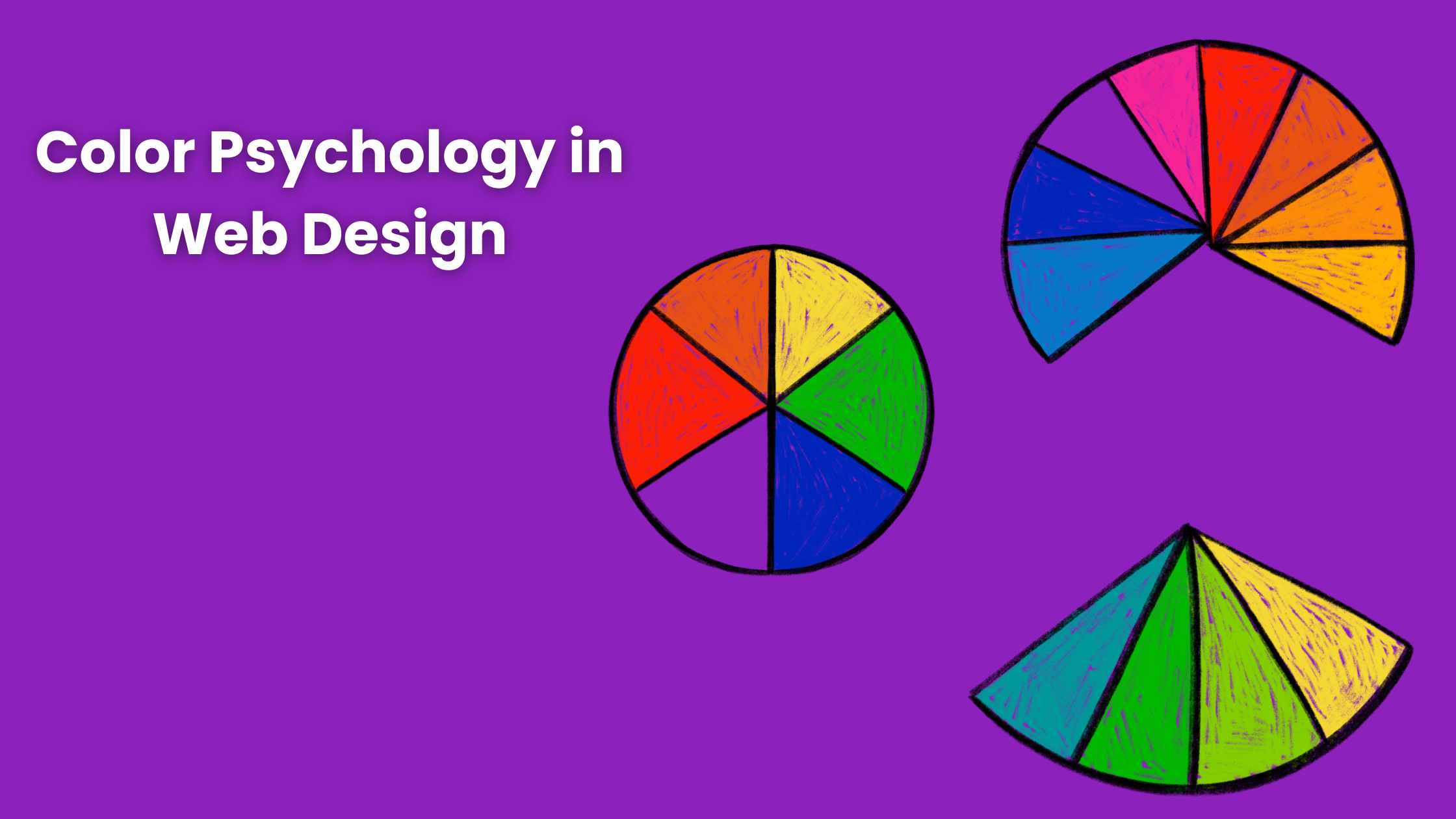
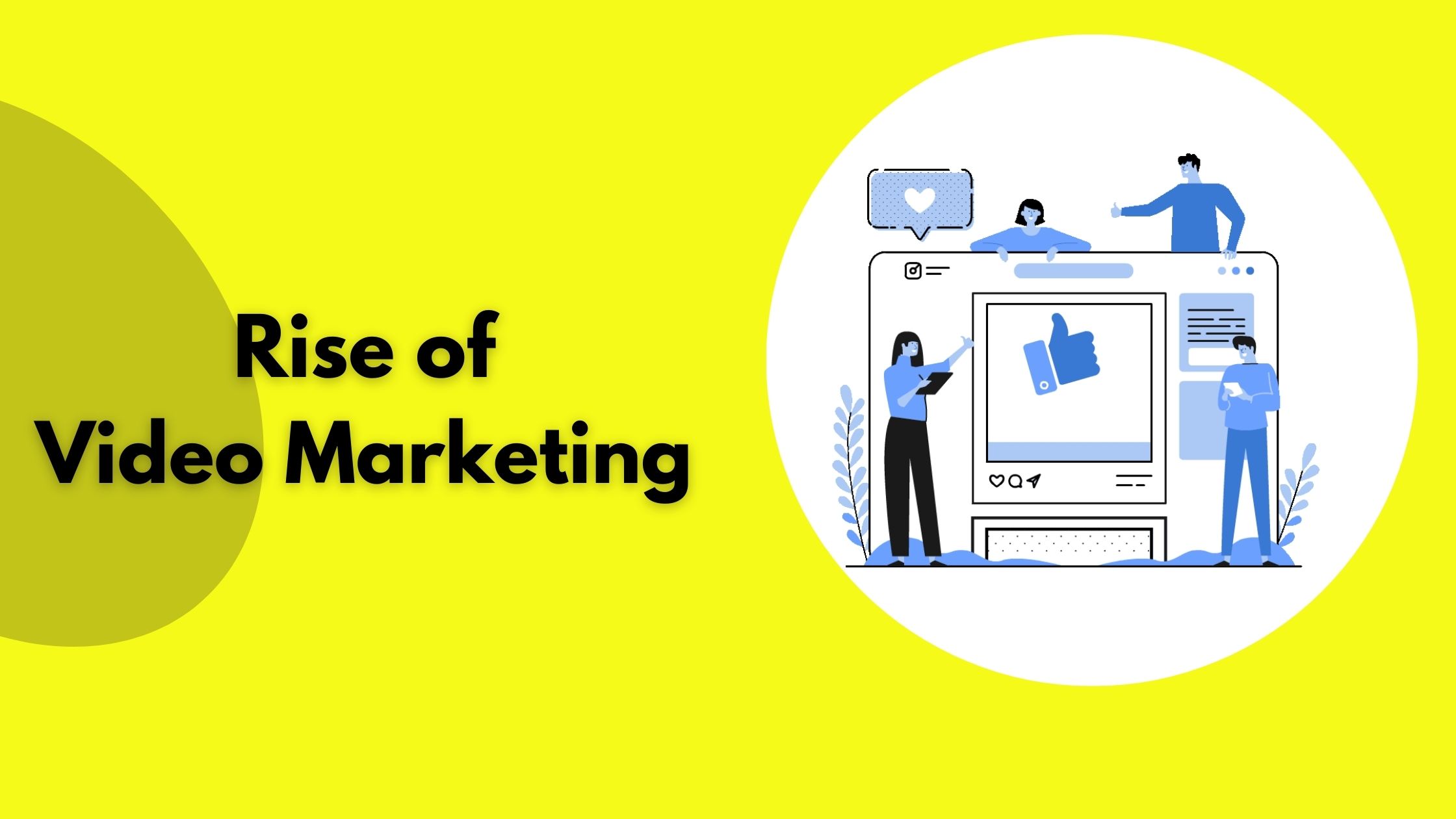


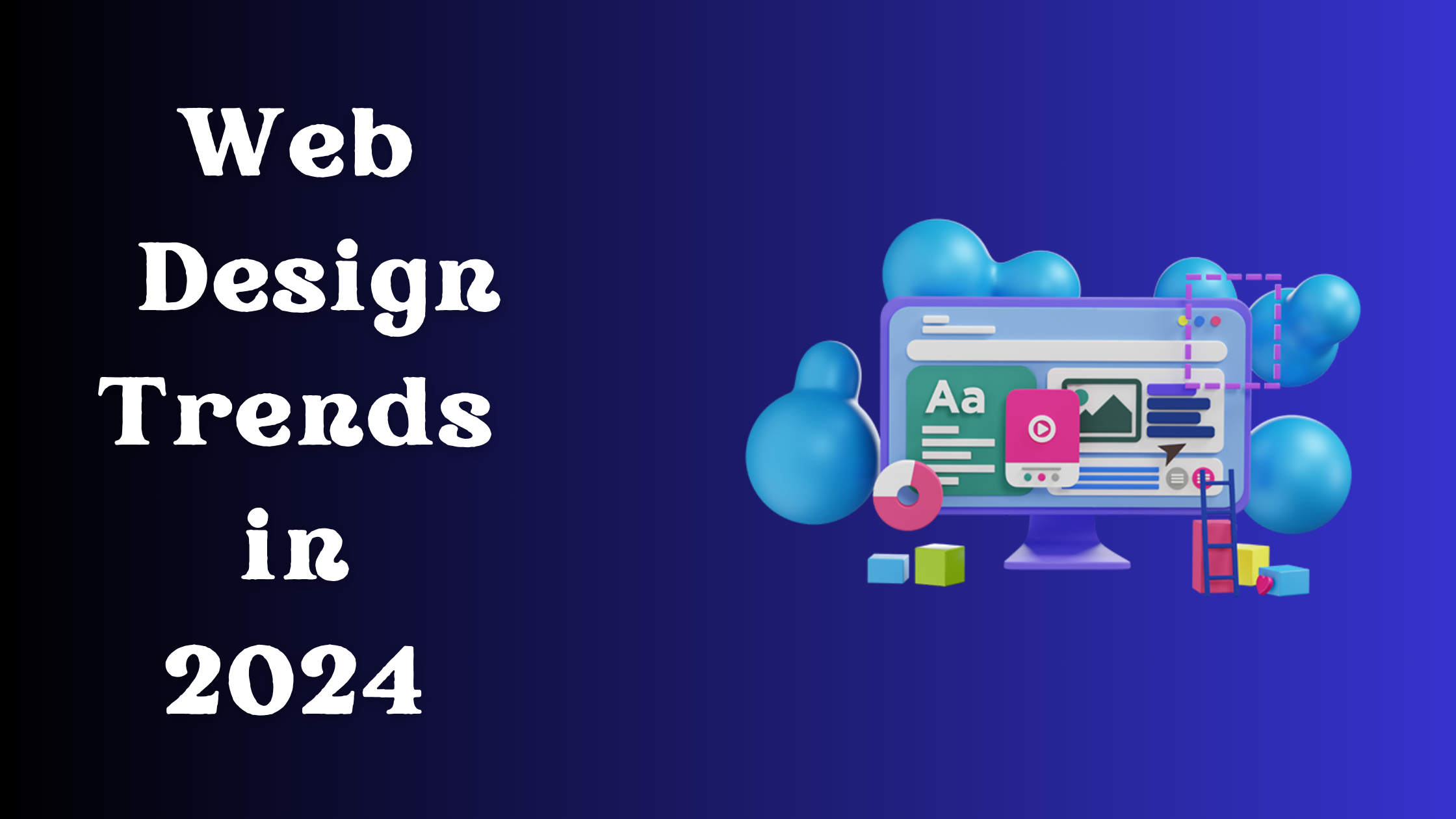

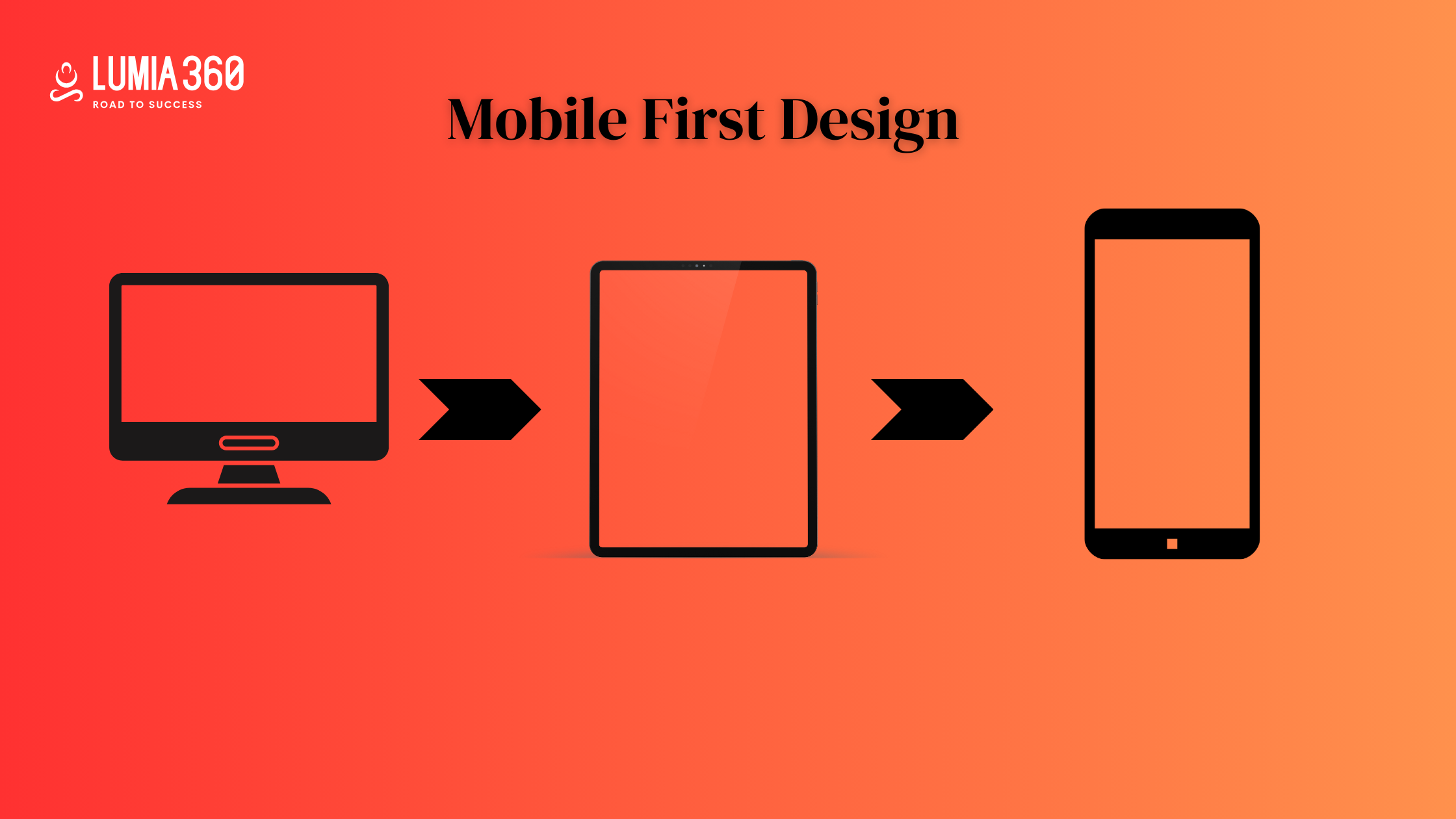



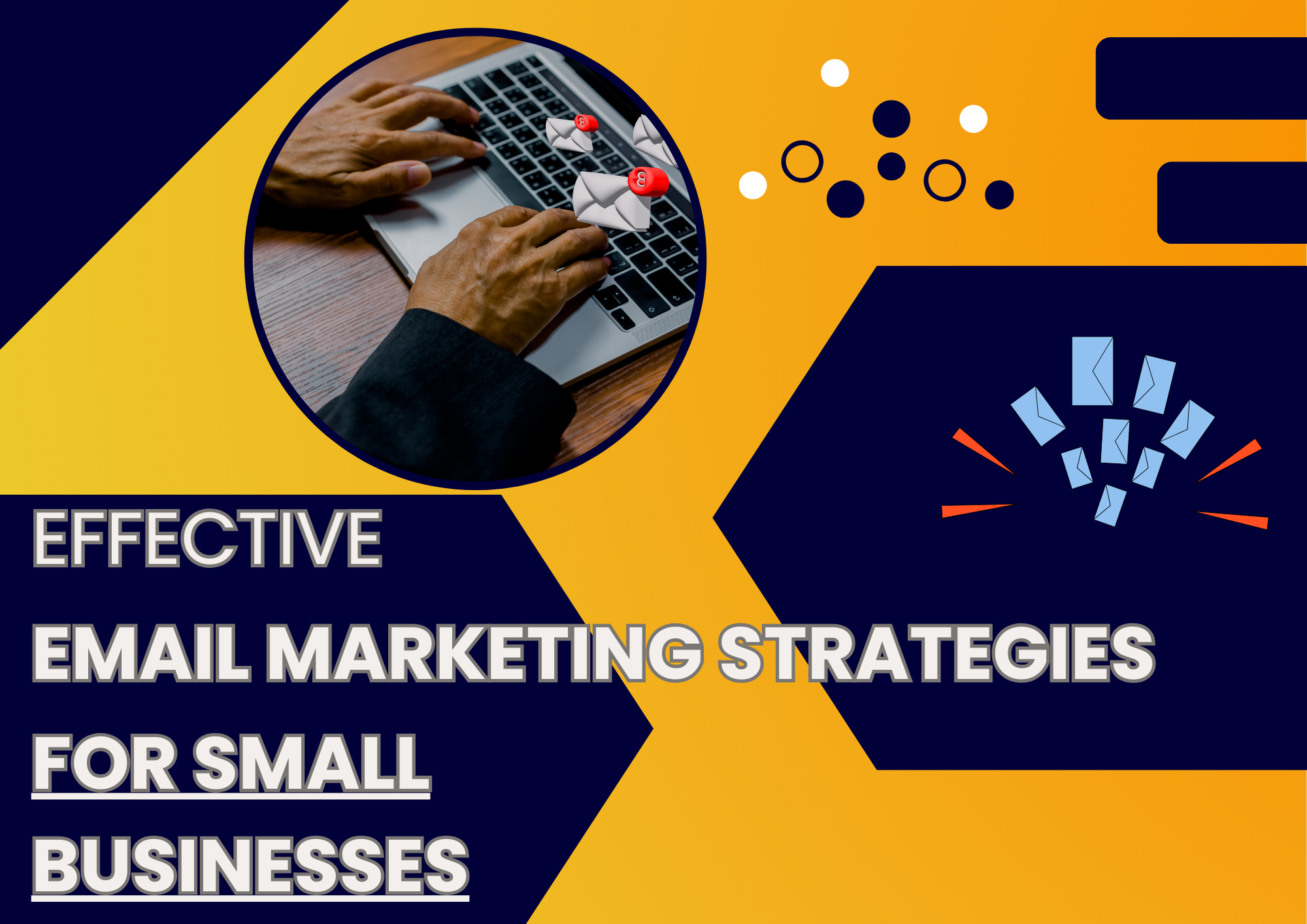
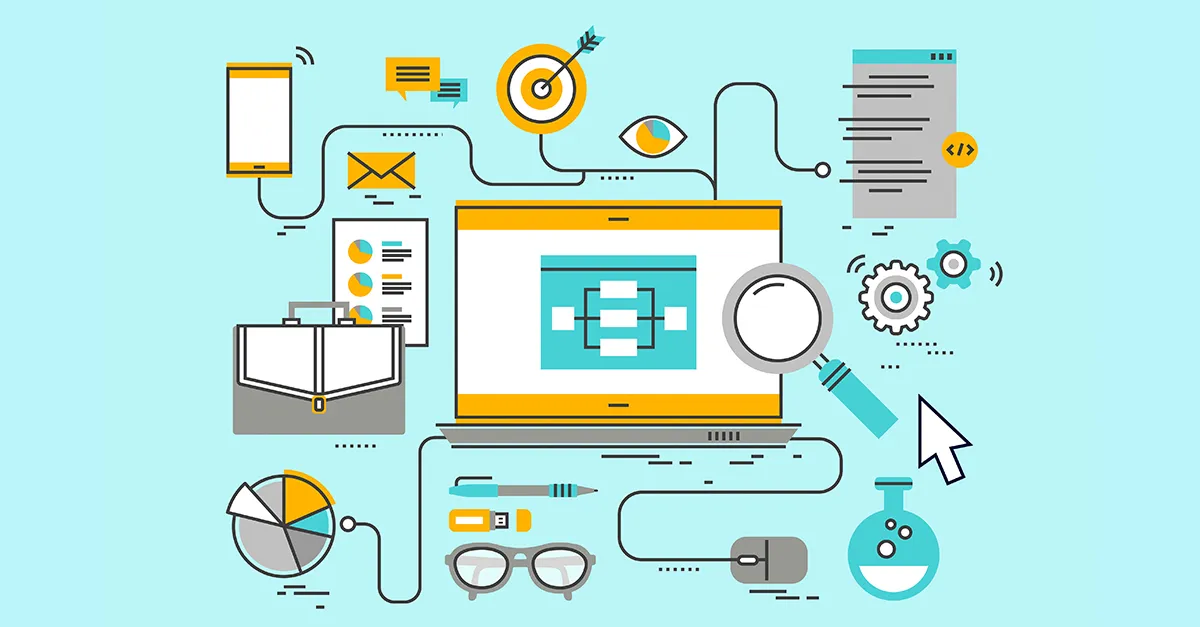

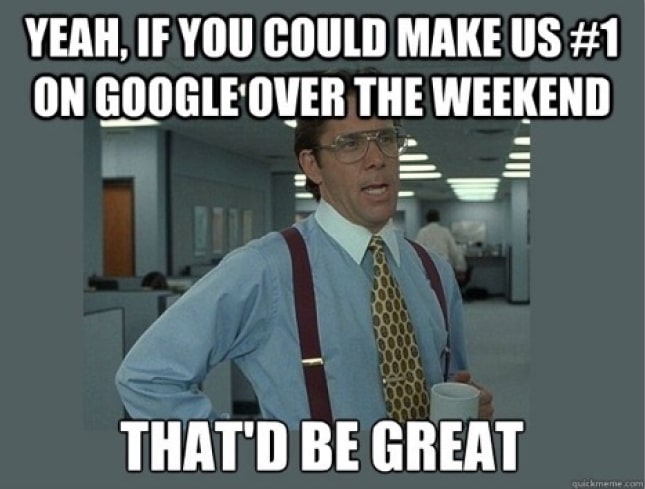
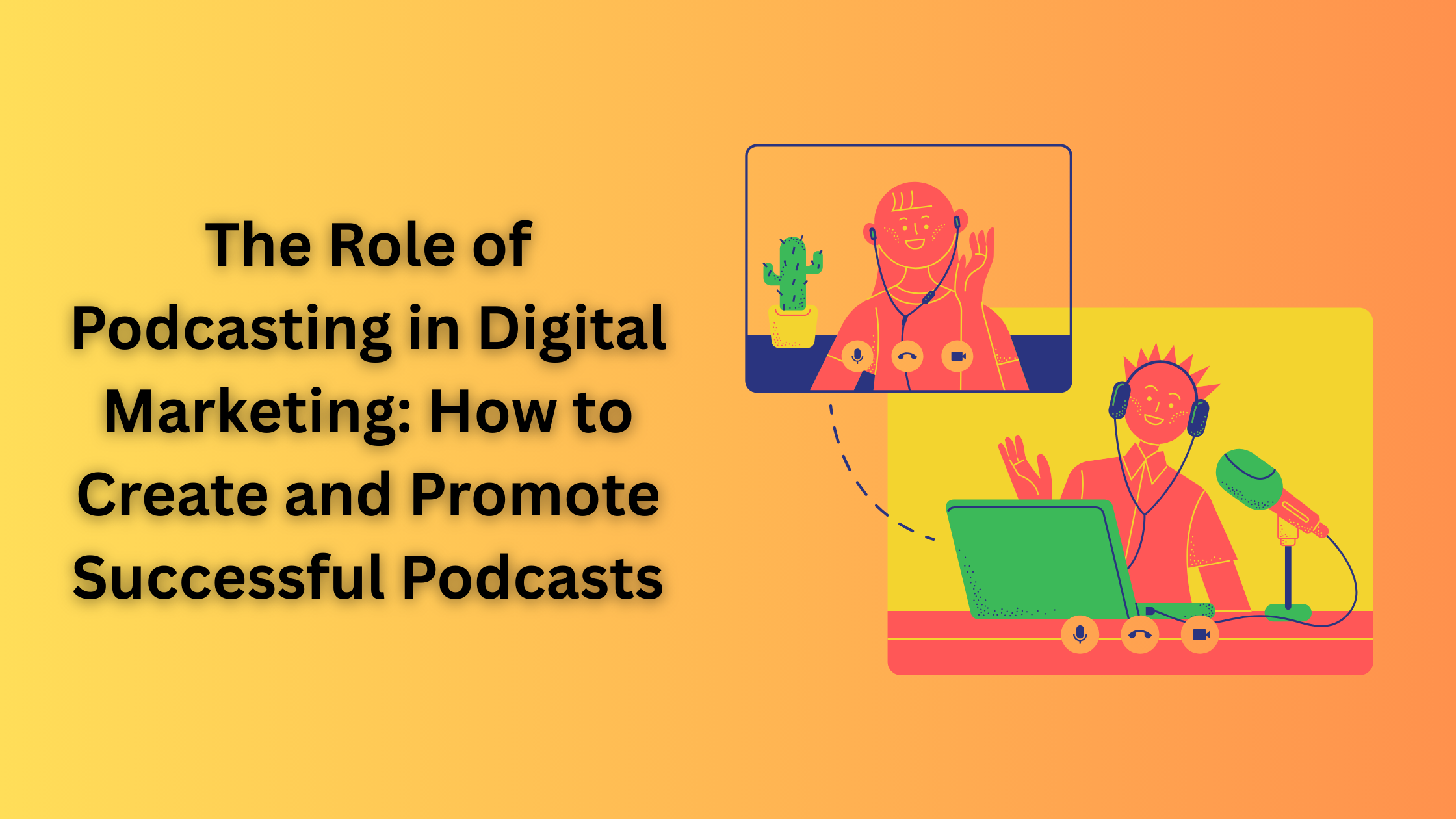
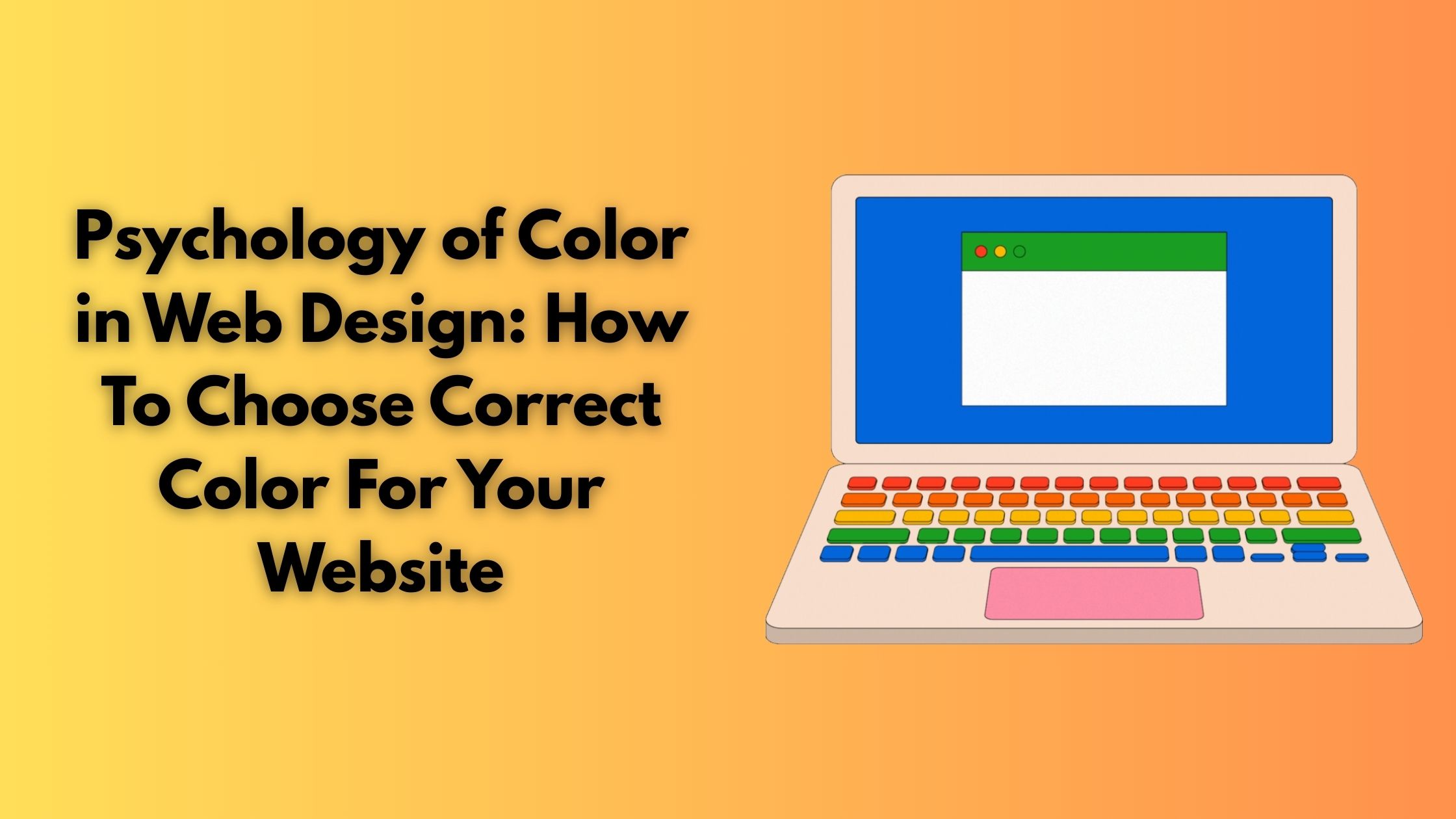
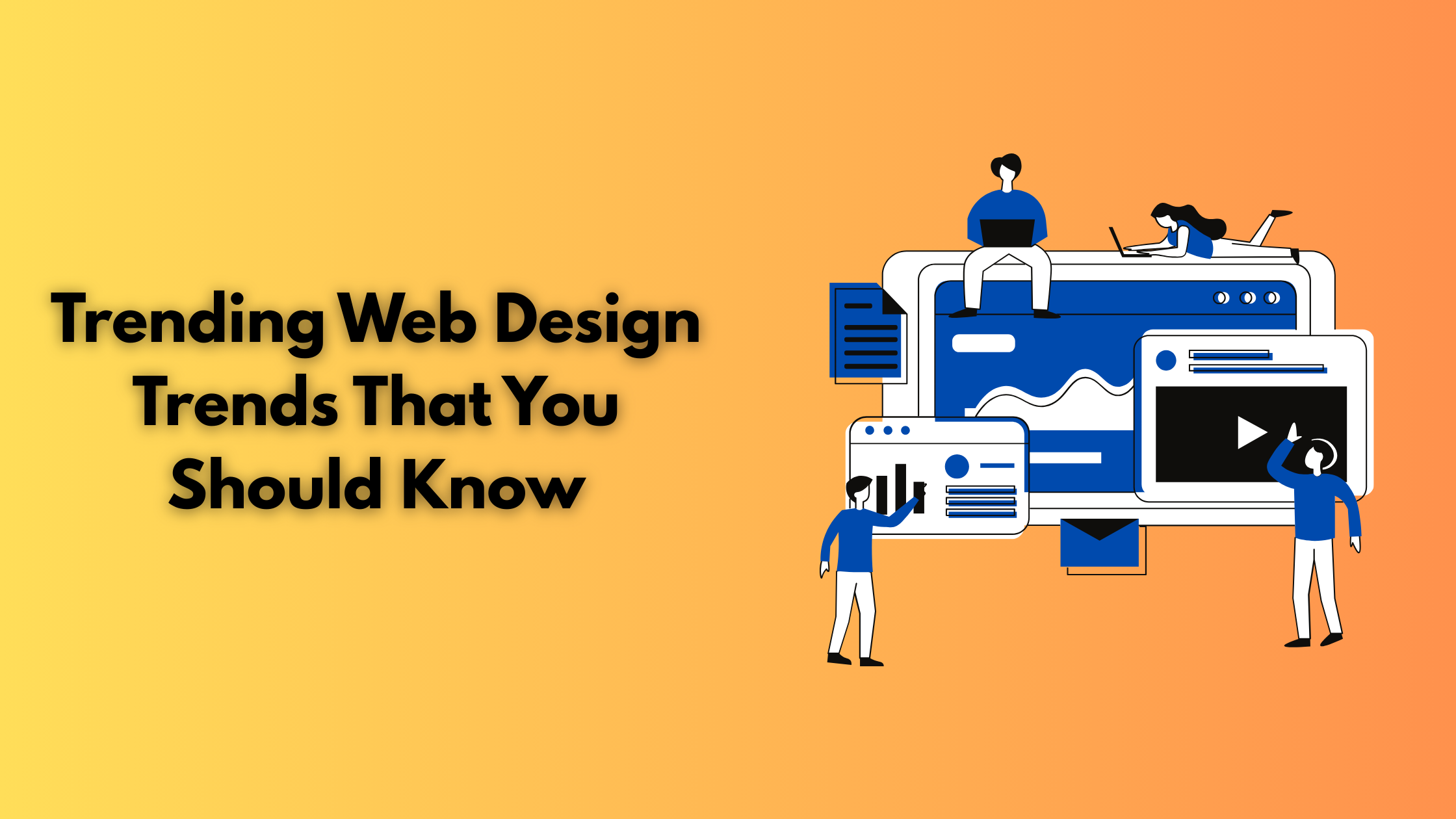
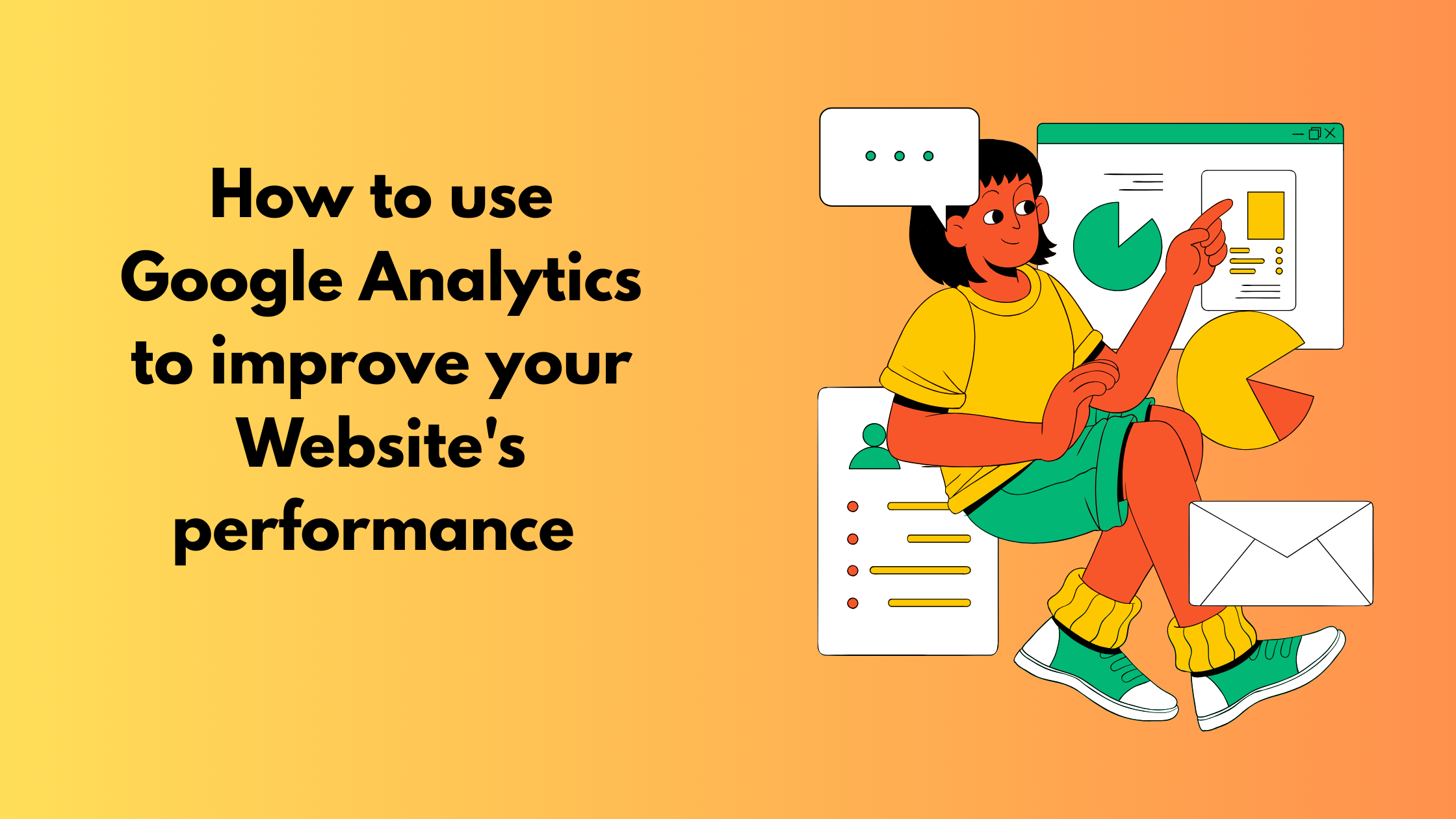

2 Comments
[…] Read Also: Web Accessibility: Ensuring Inclusivity in Design for All Users […]
[…] Read Also: Web Accessibility: Ensuring Inclusivity in Design for All Users […]